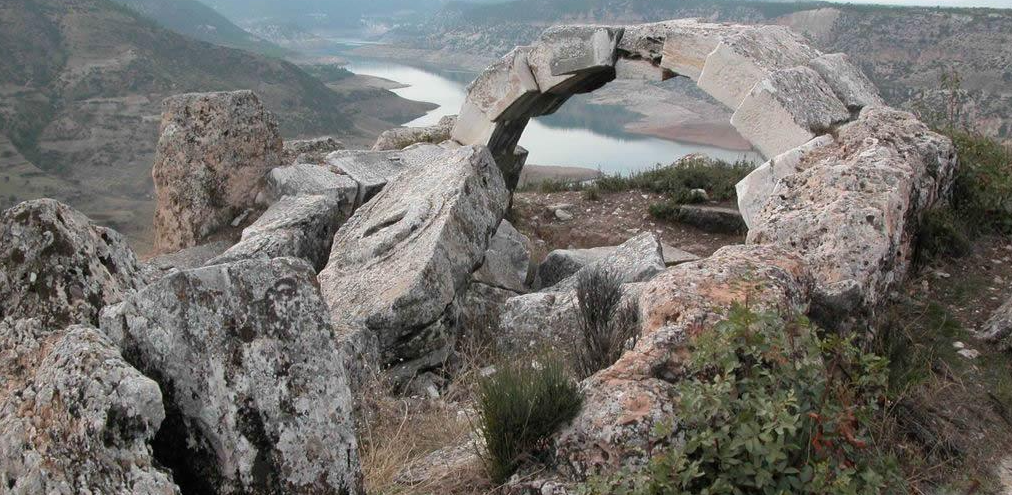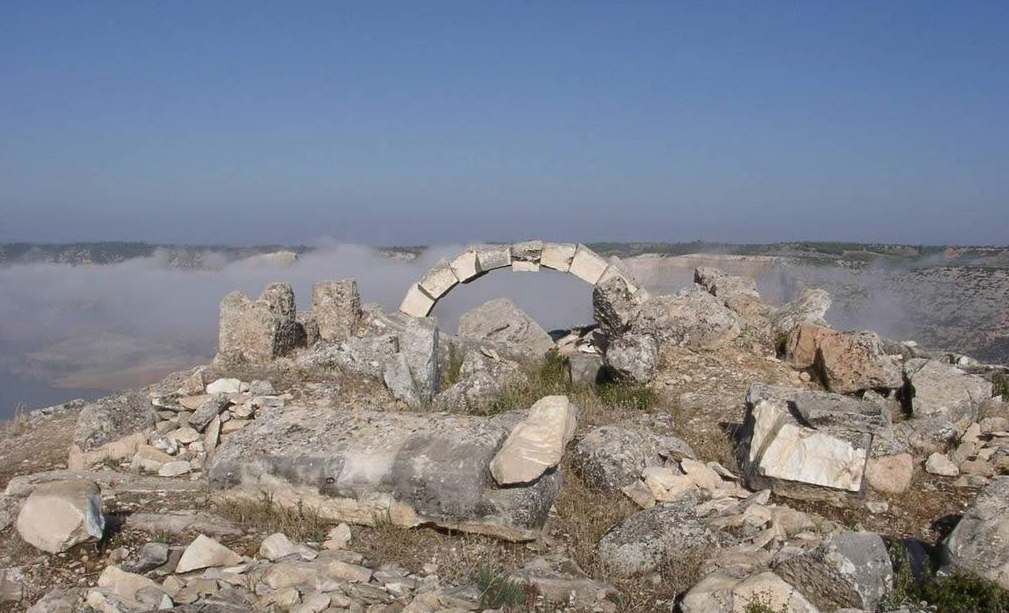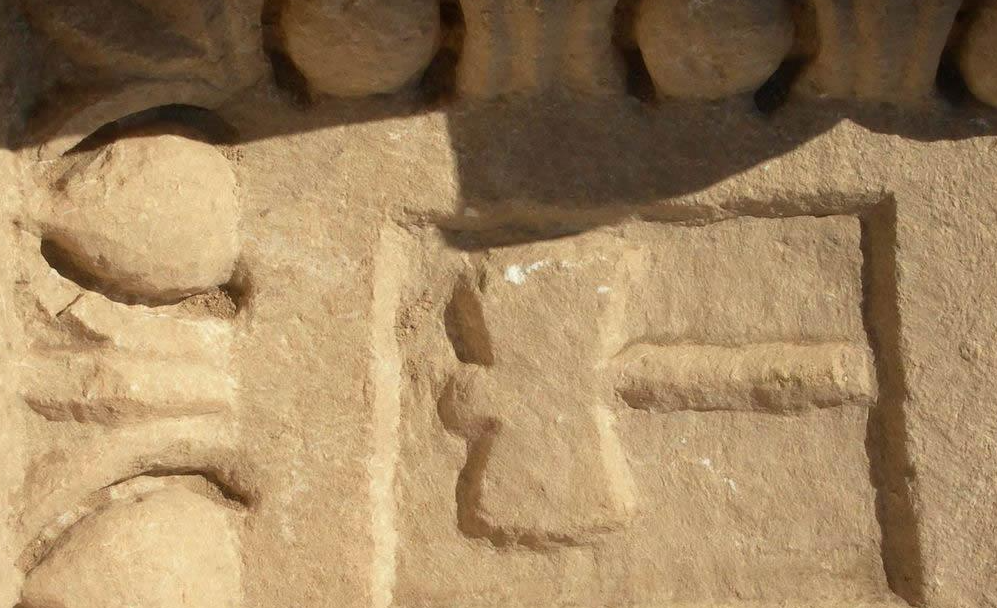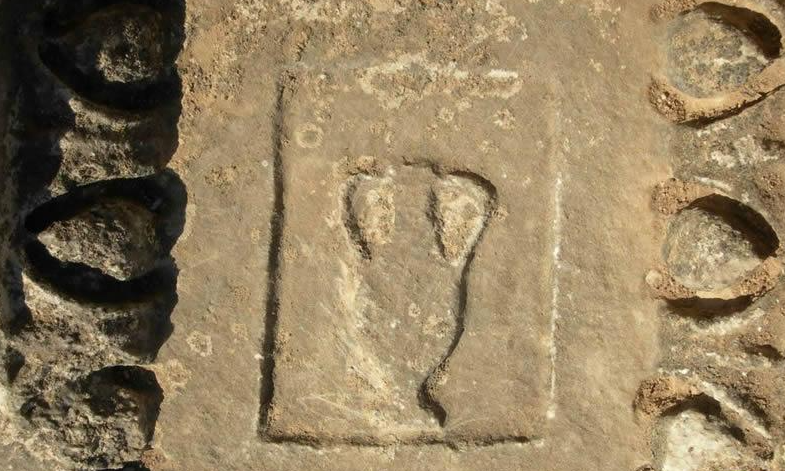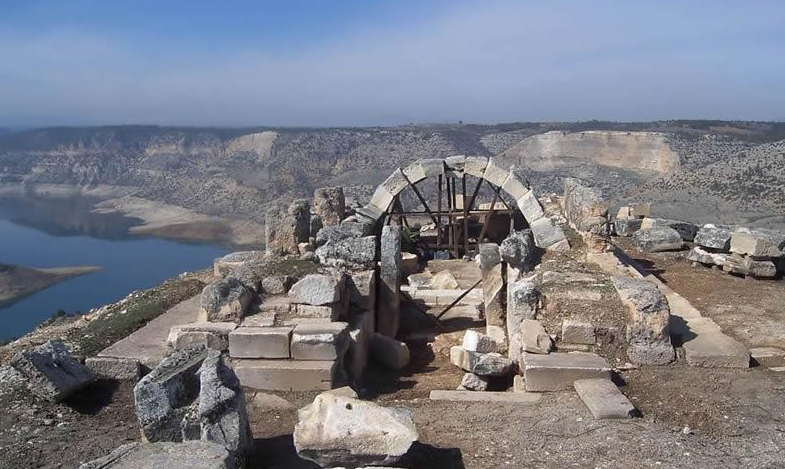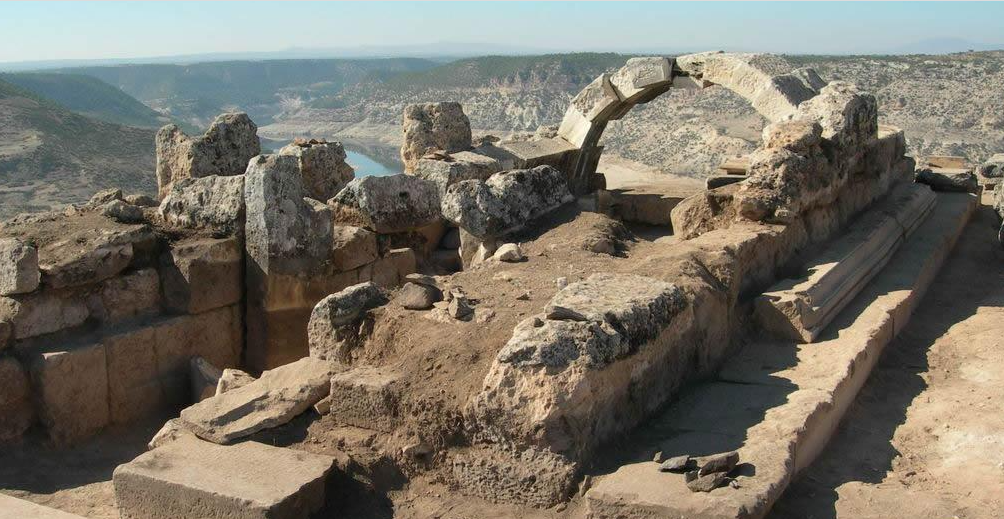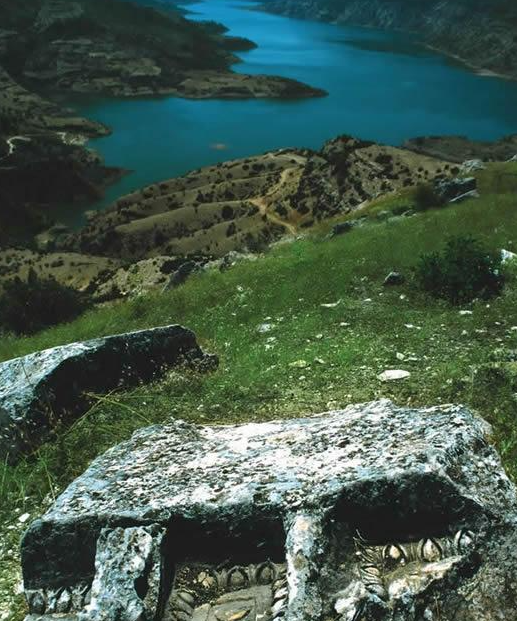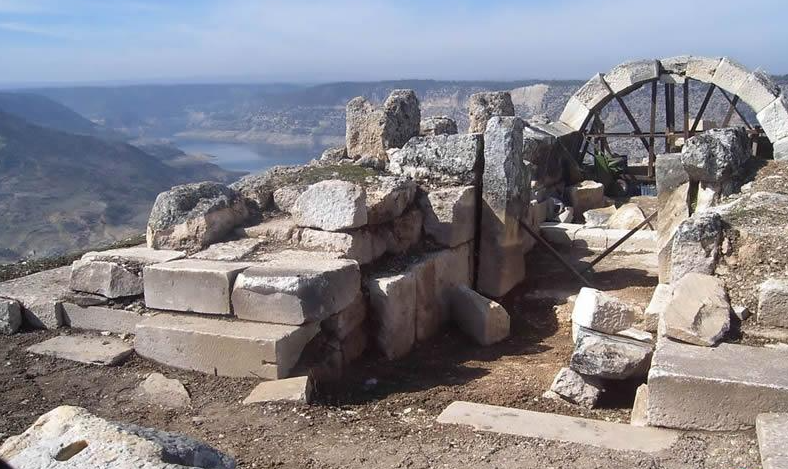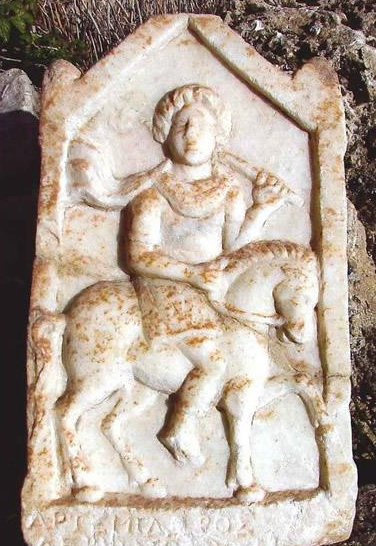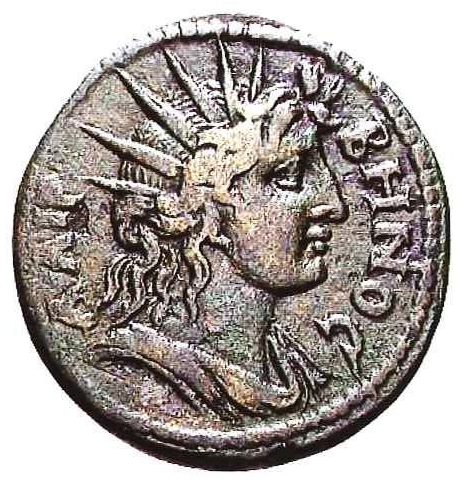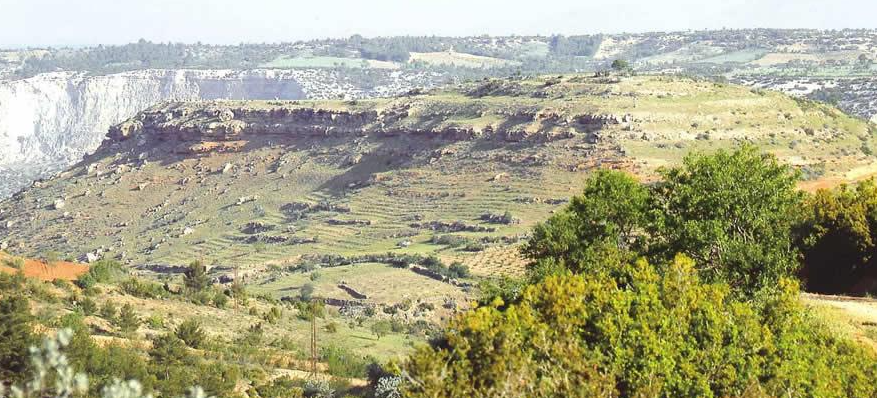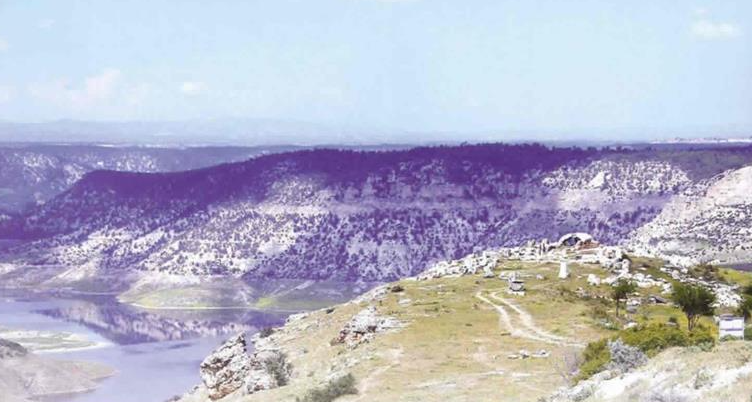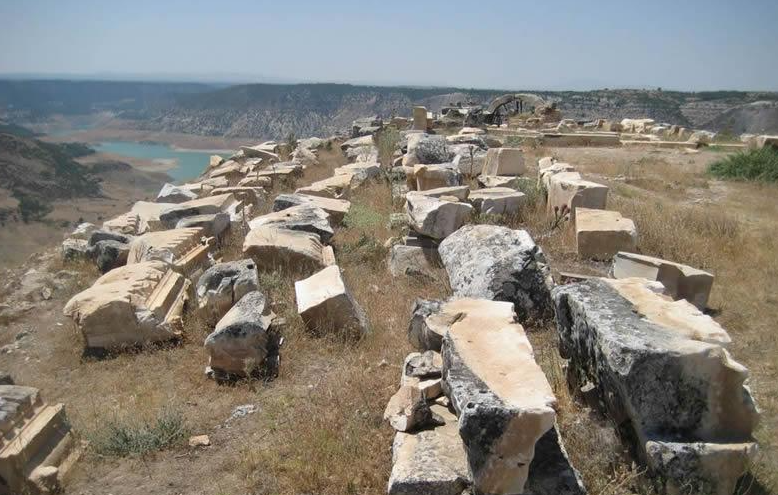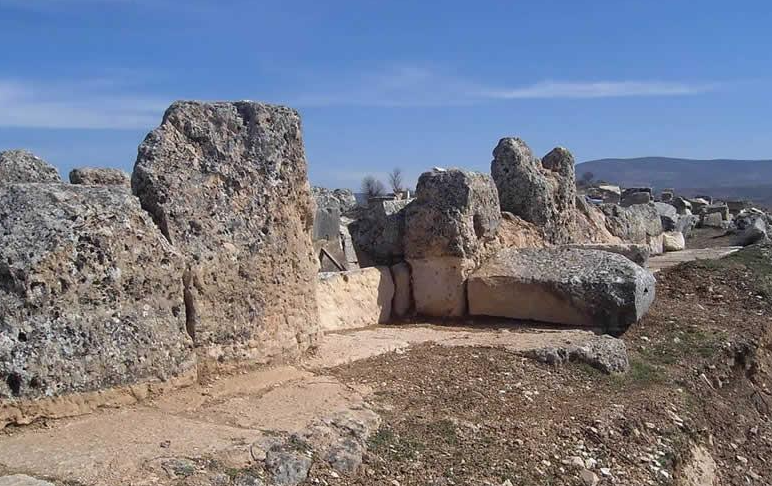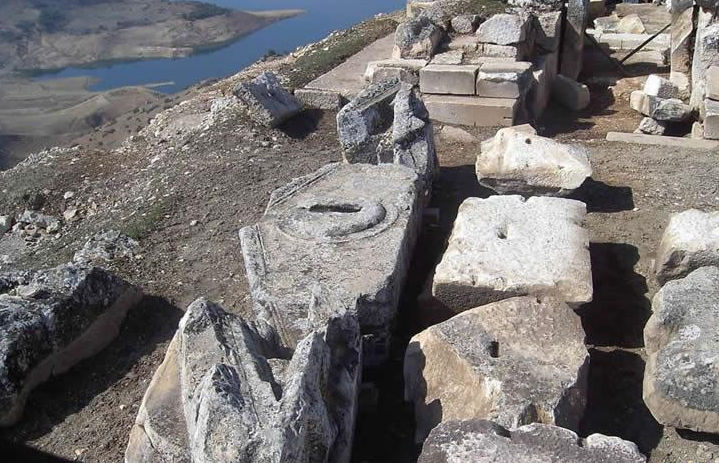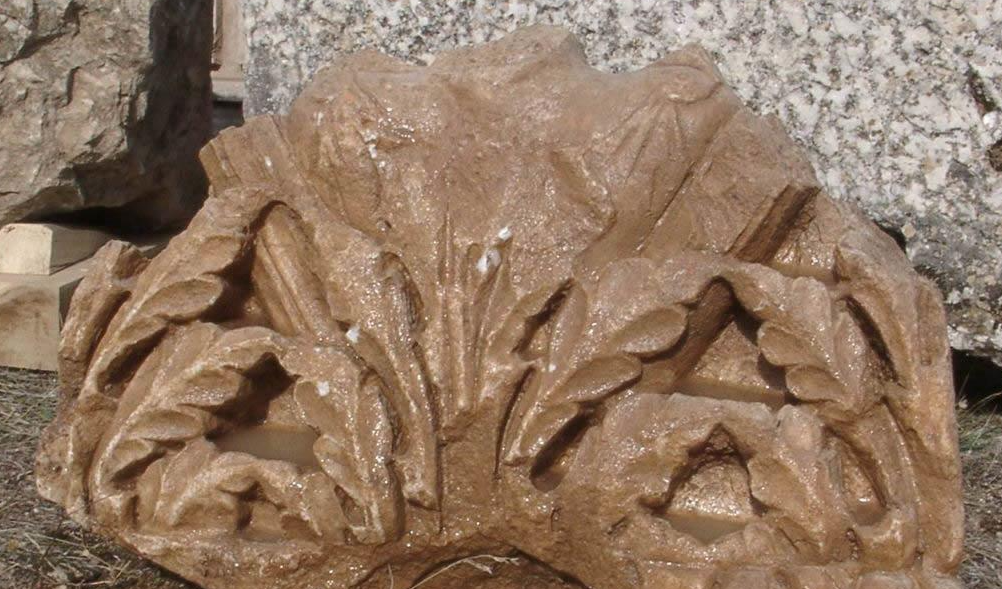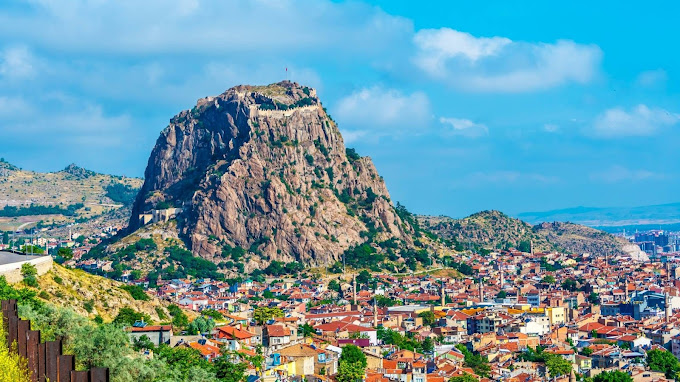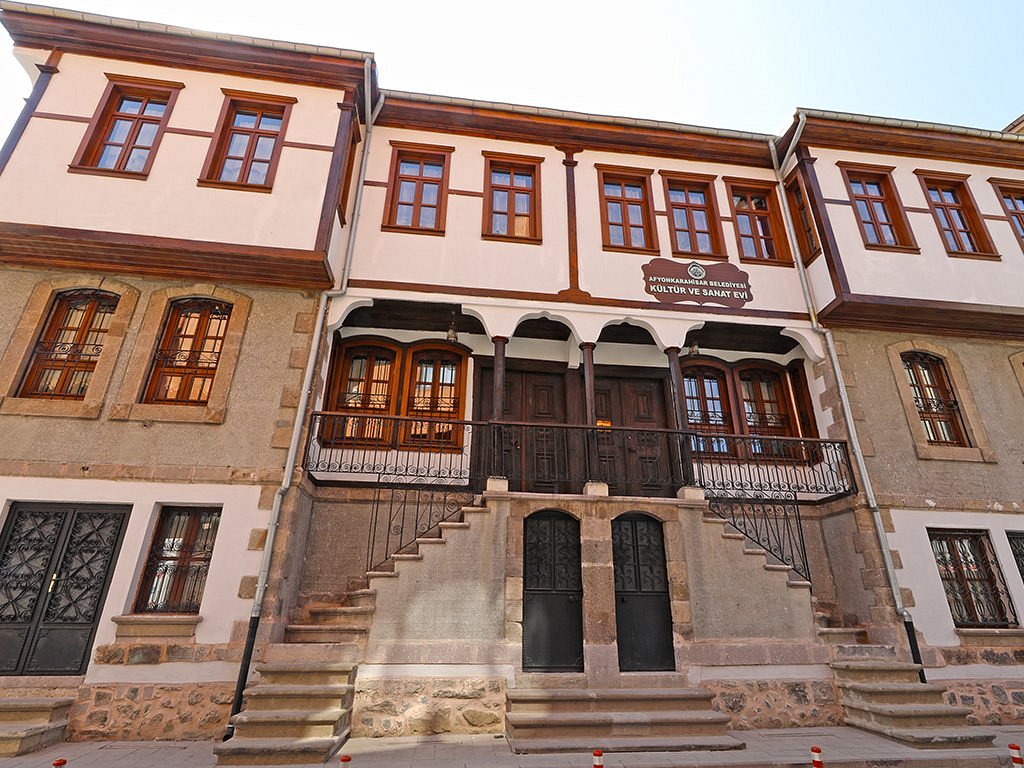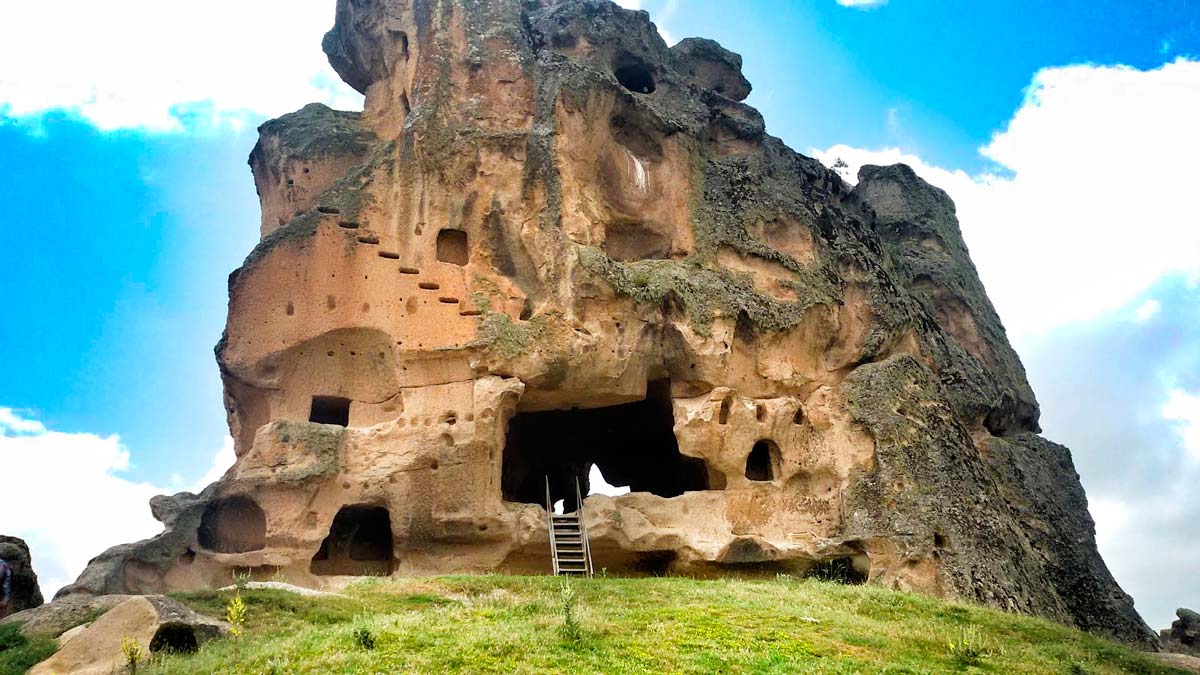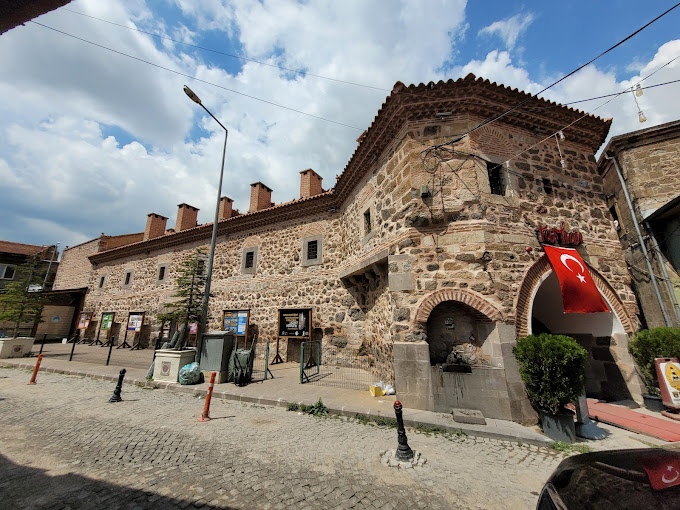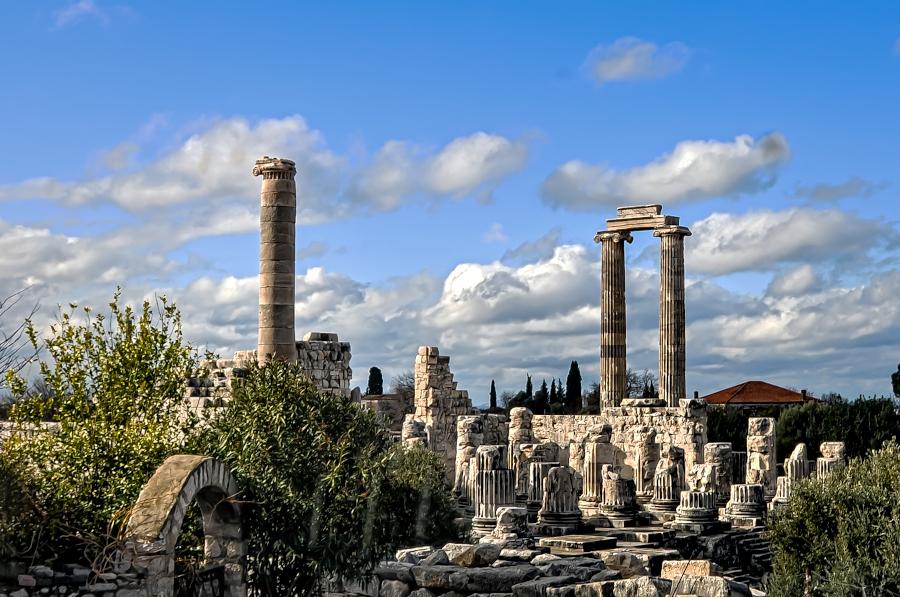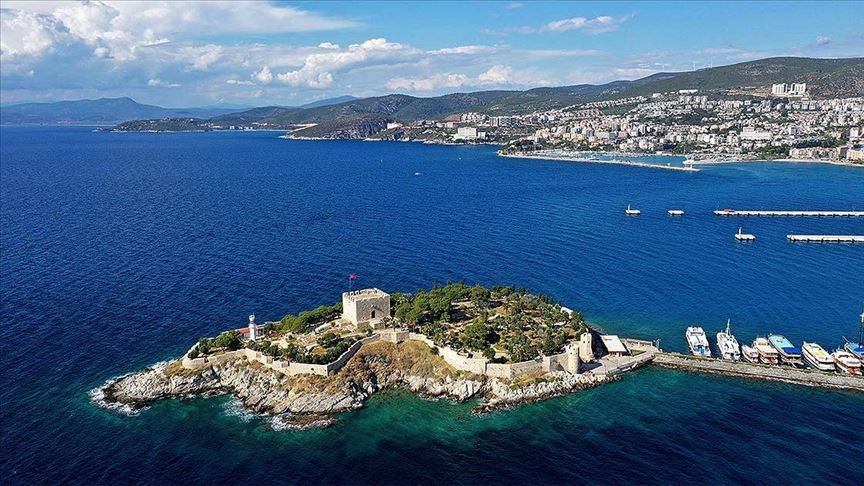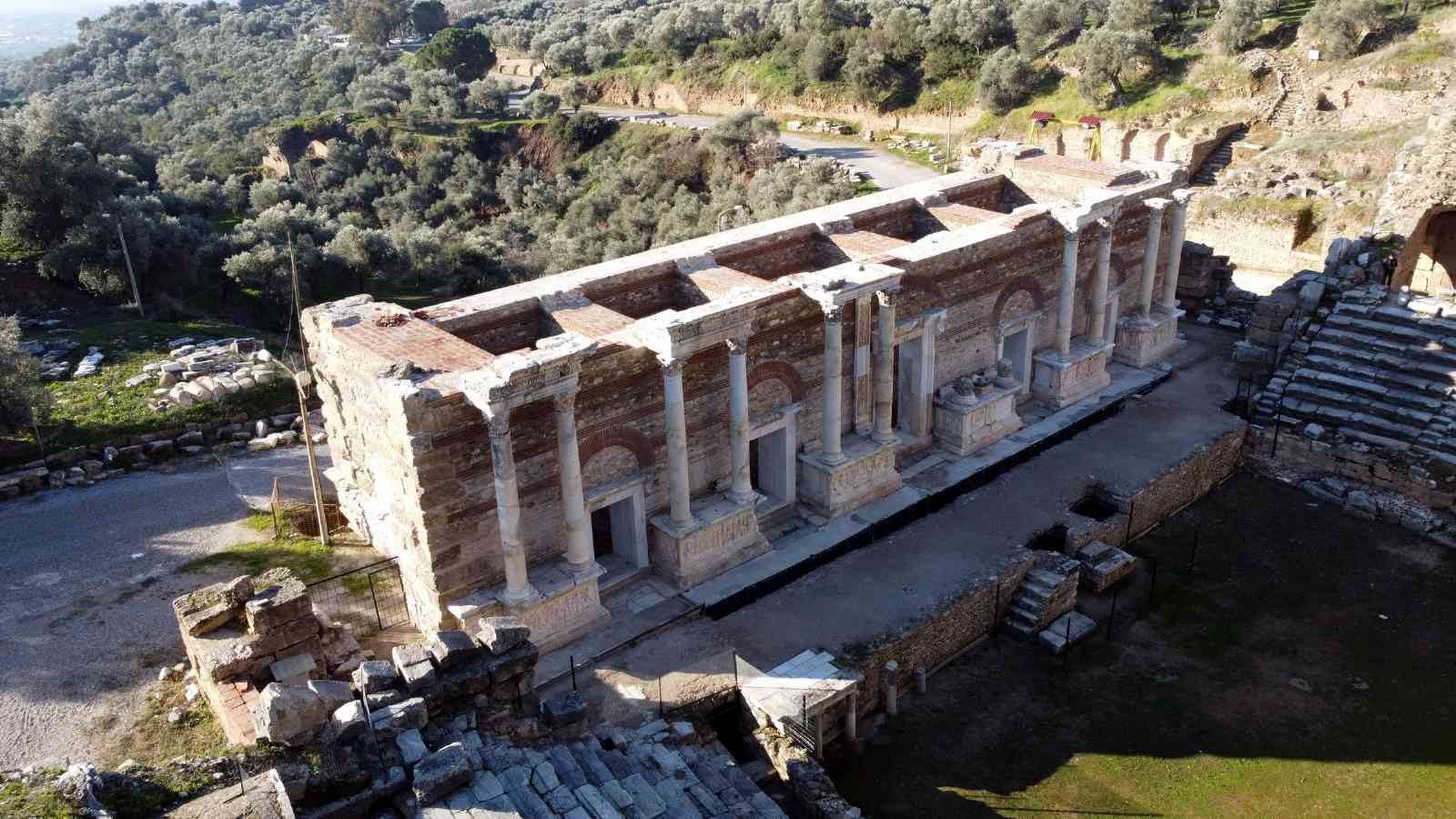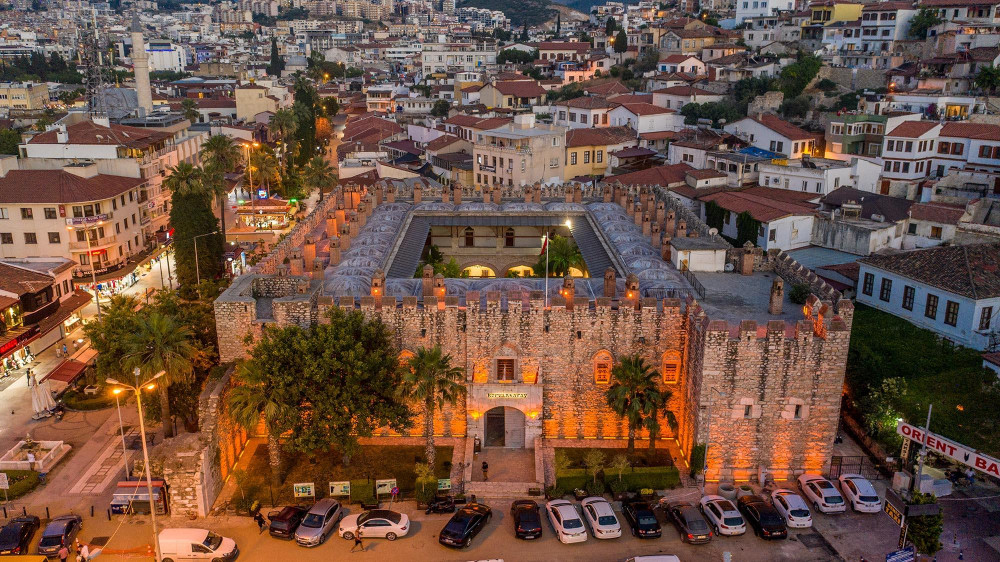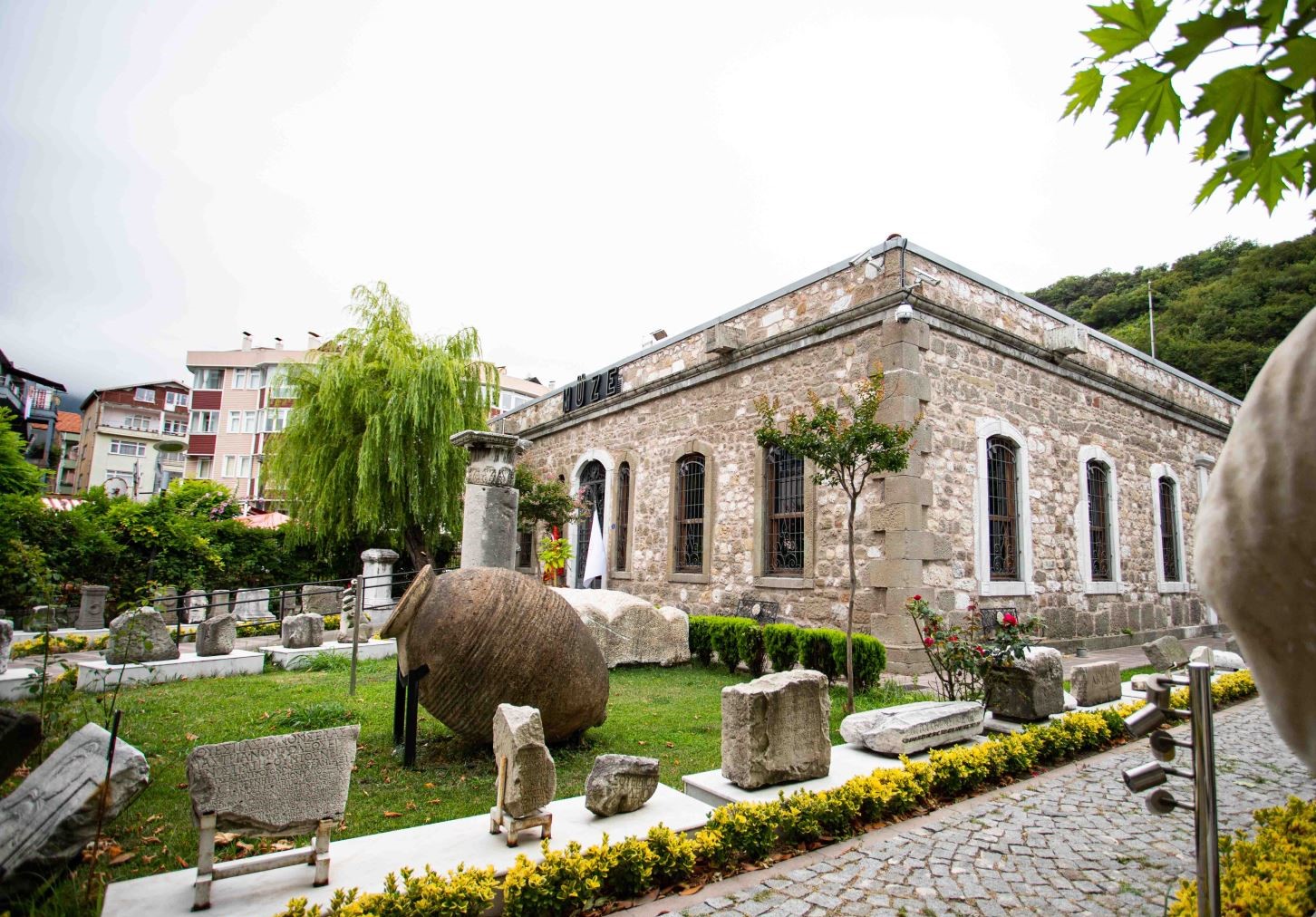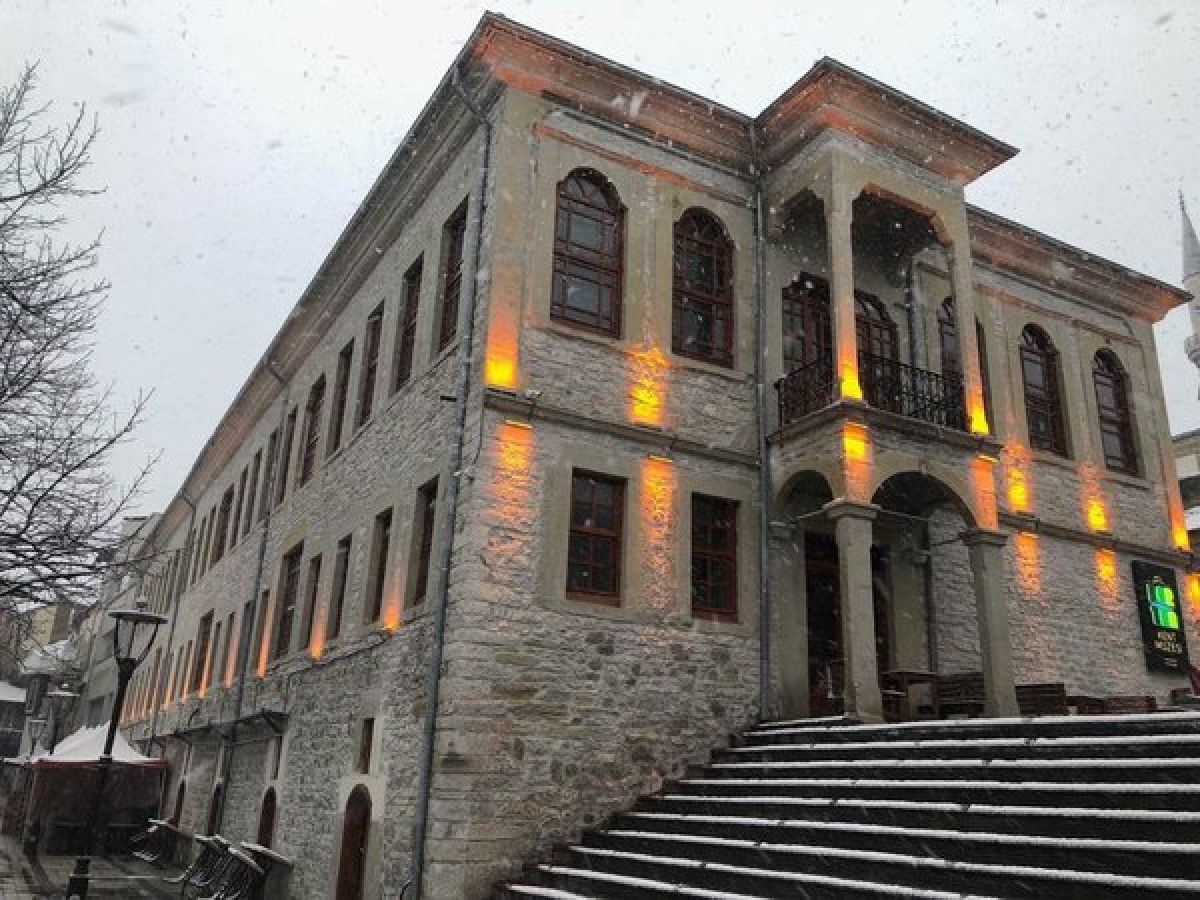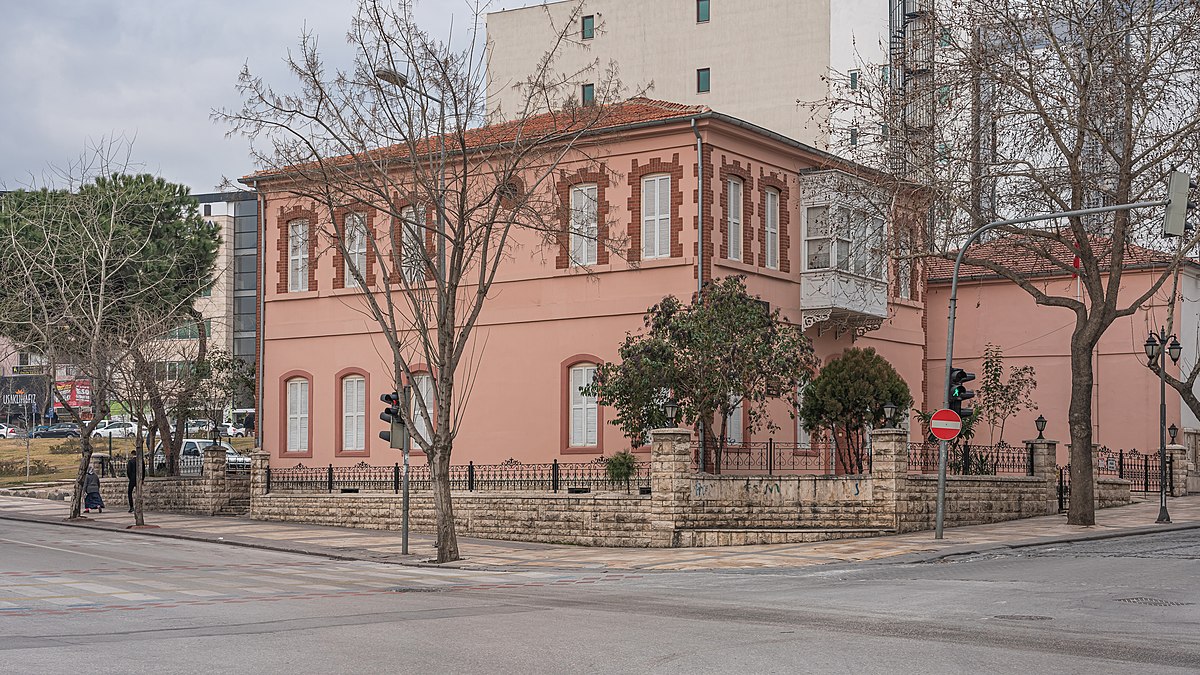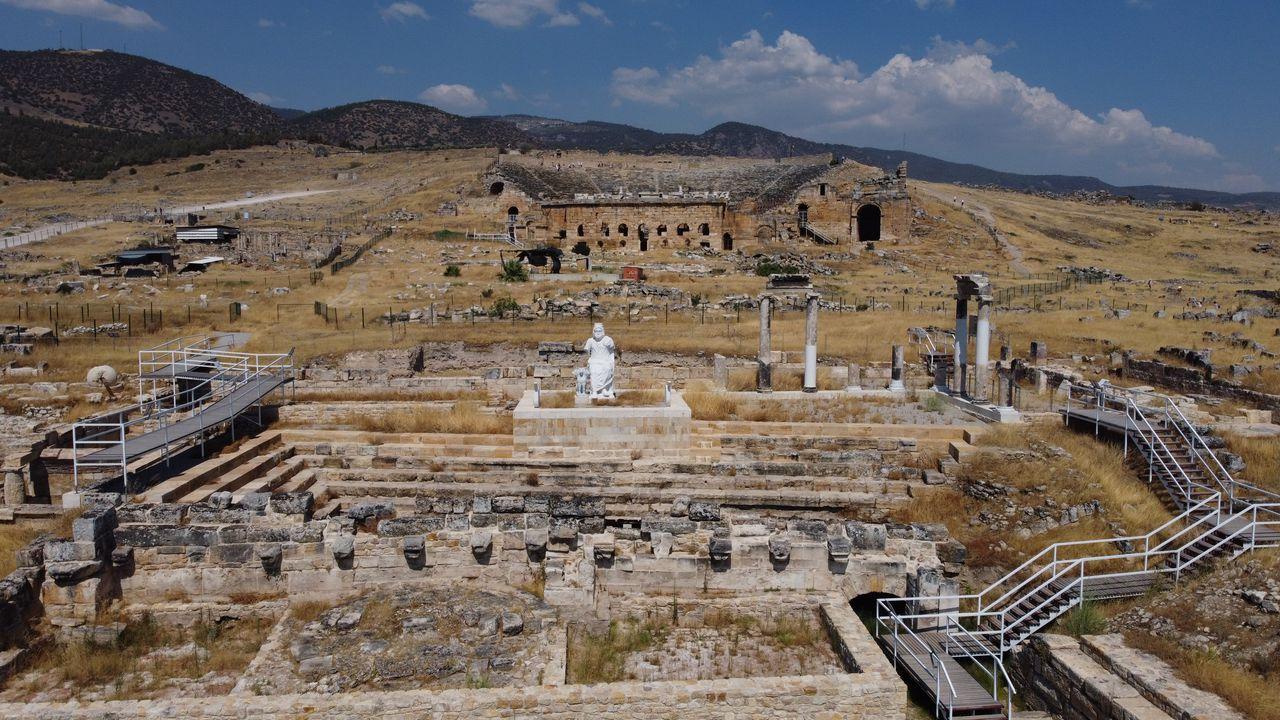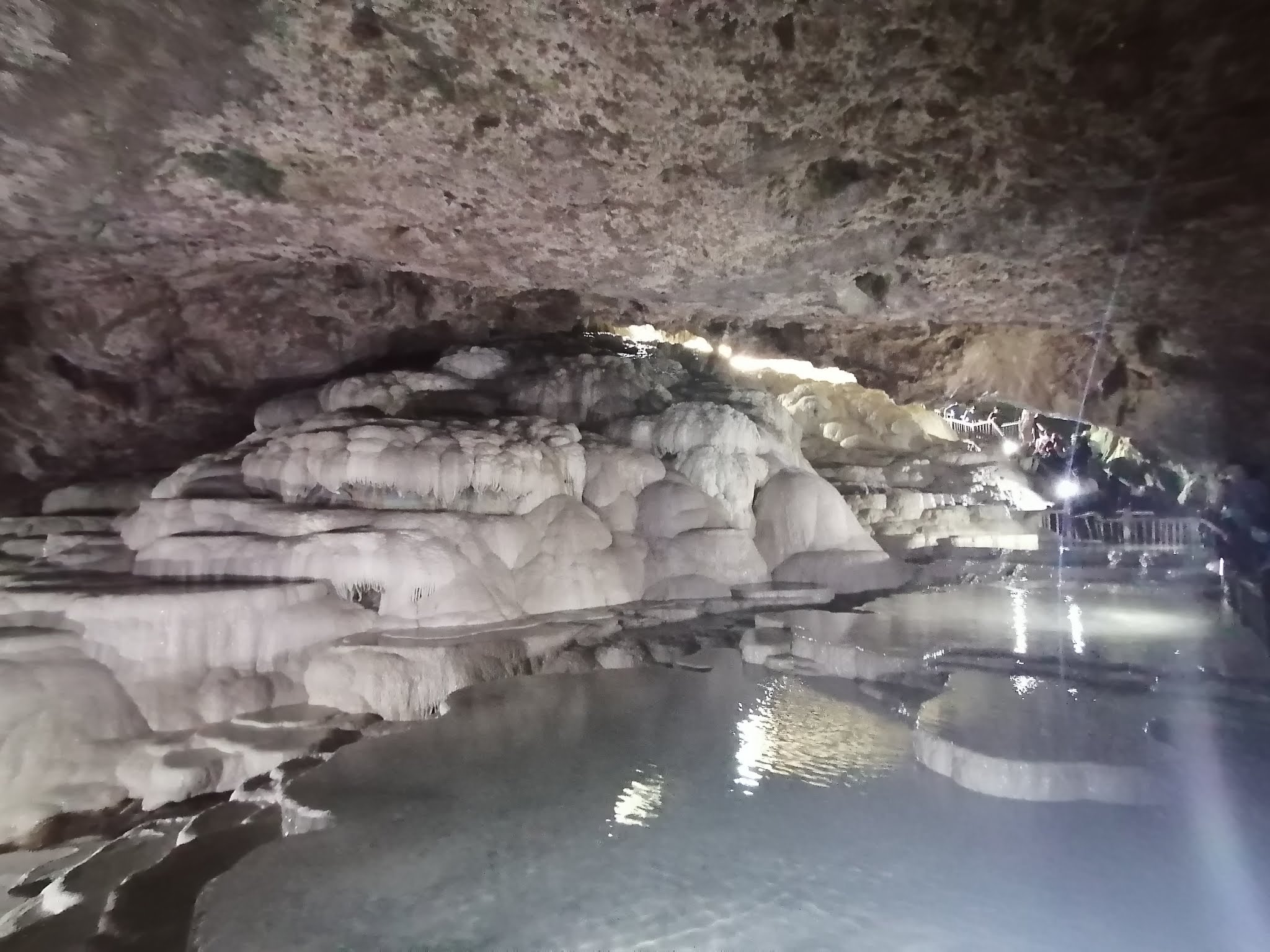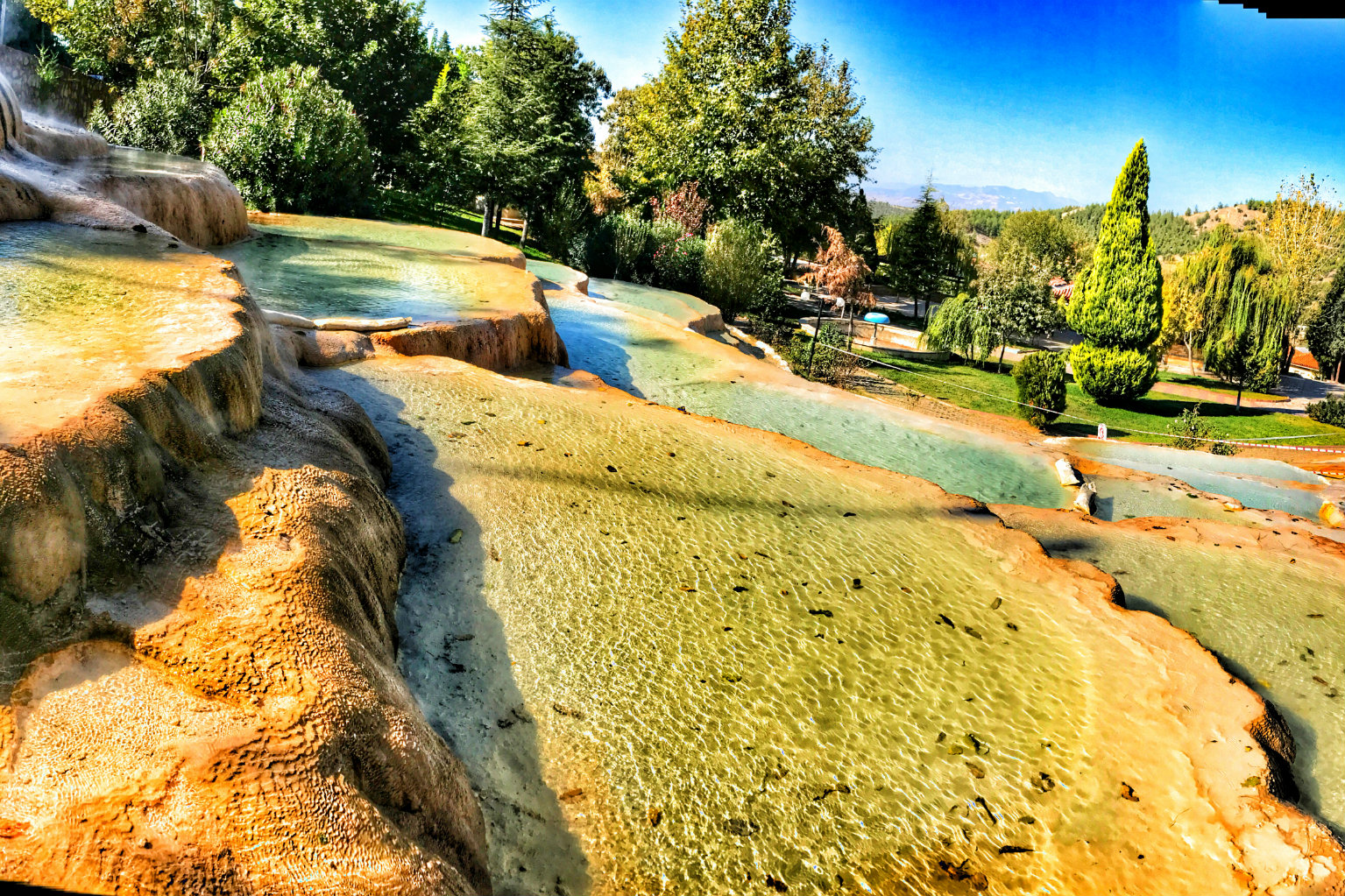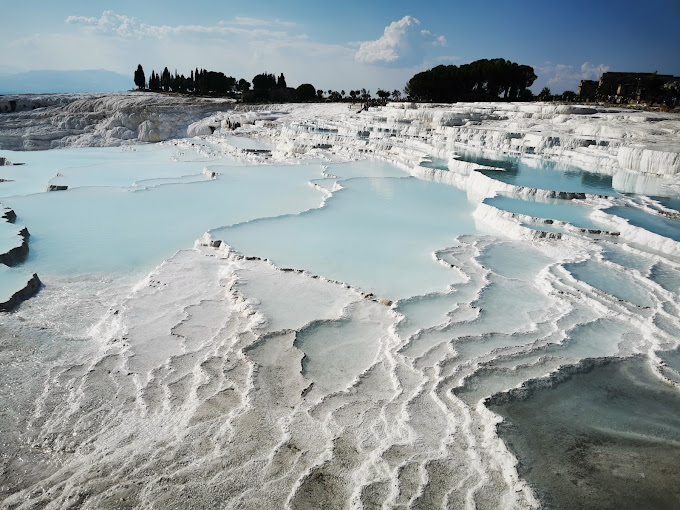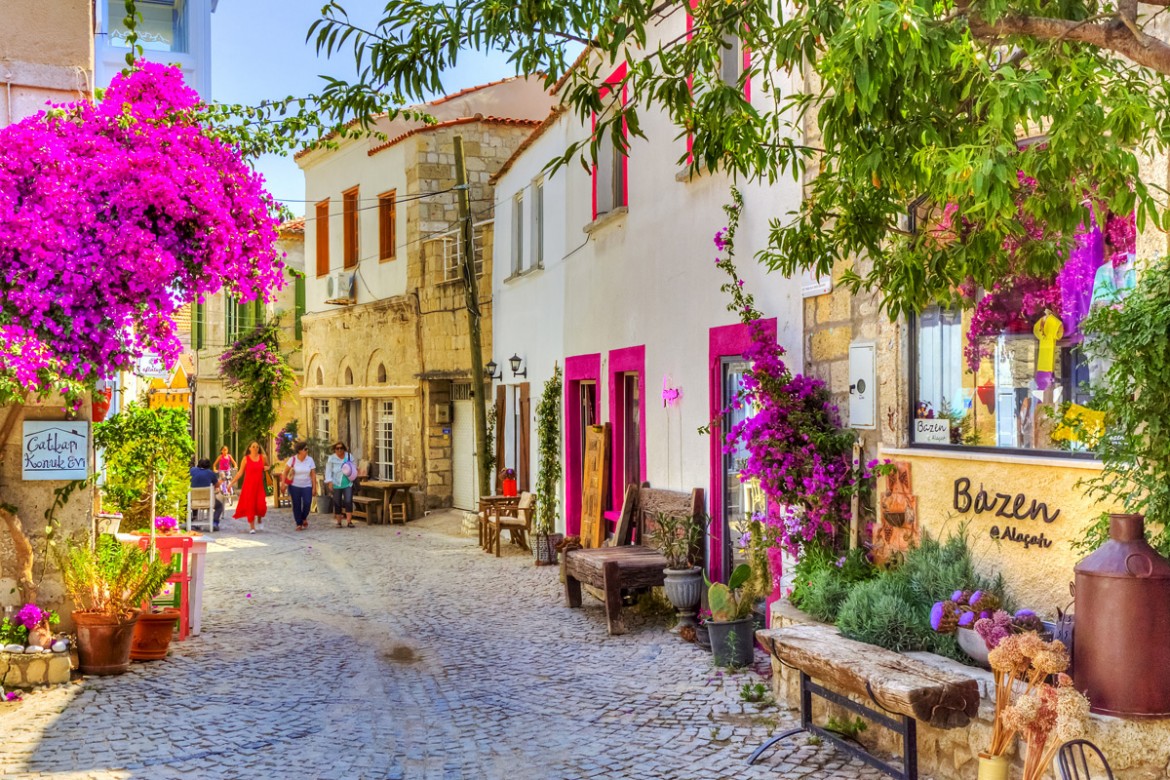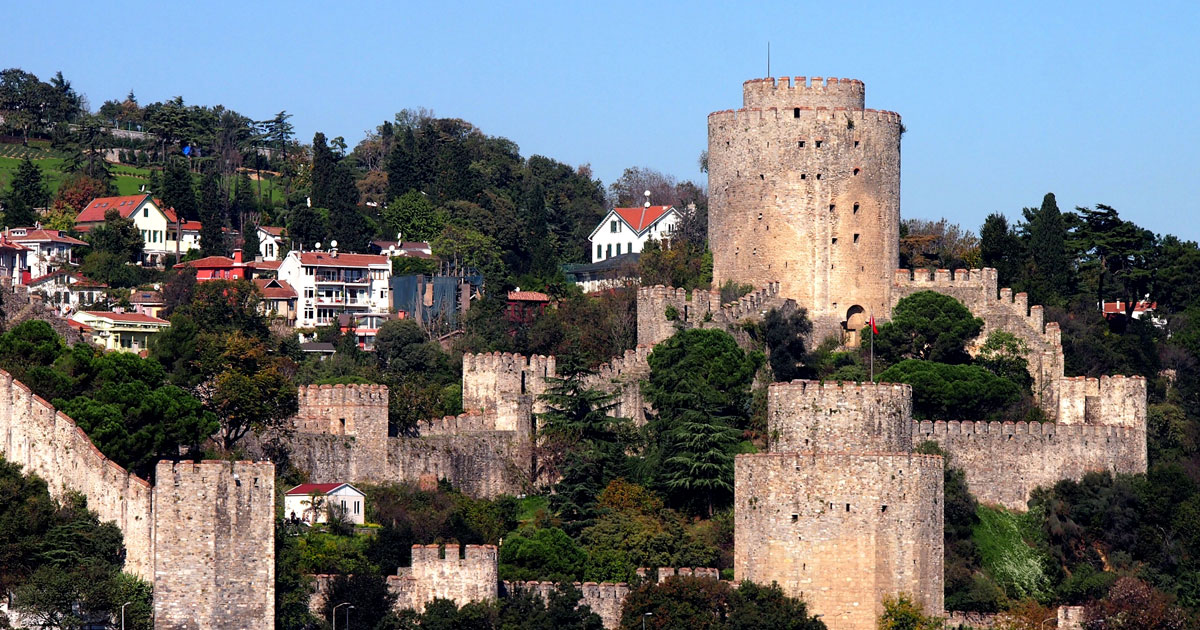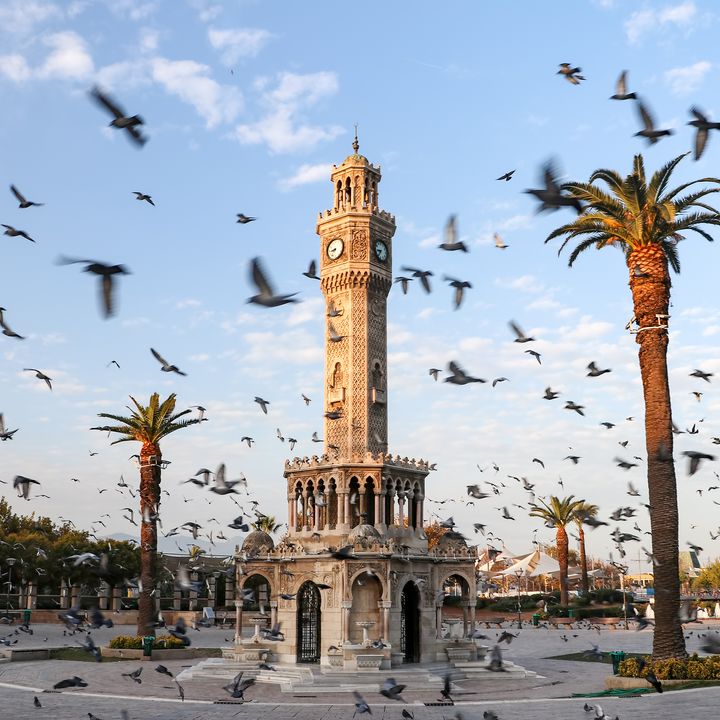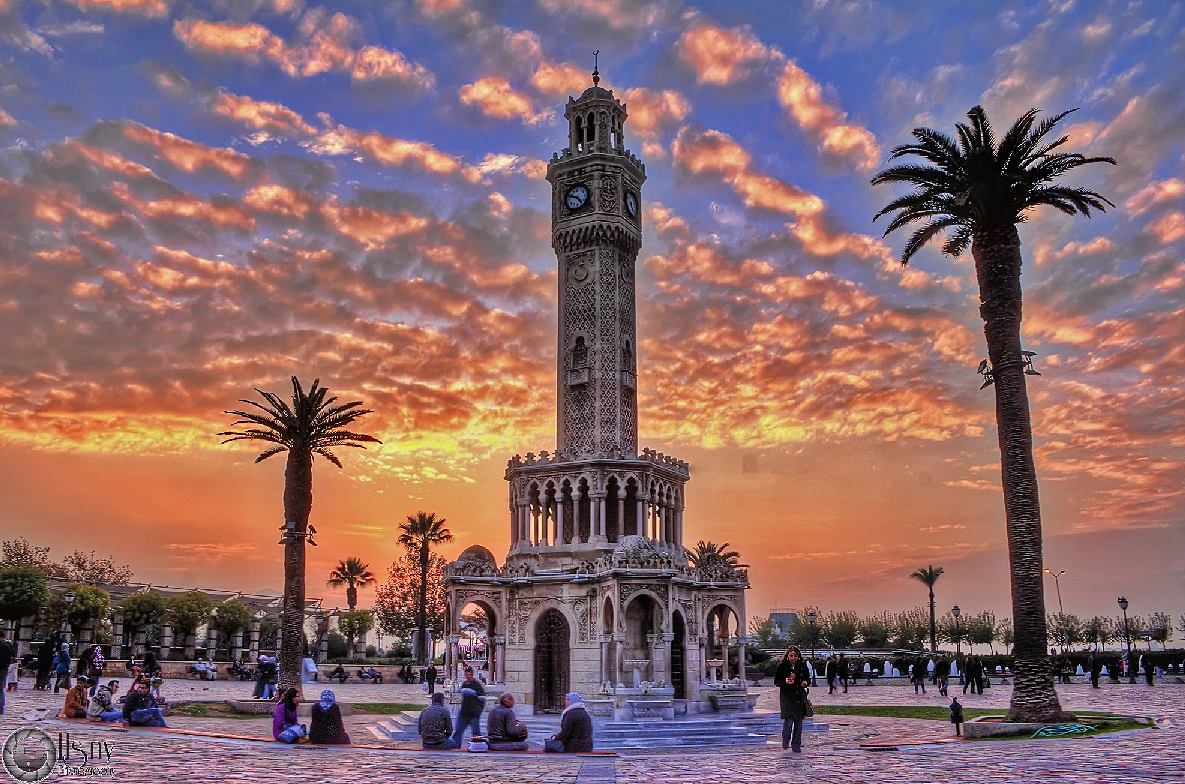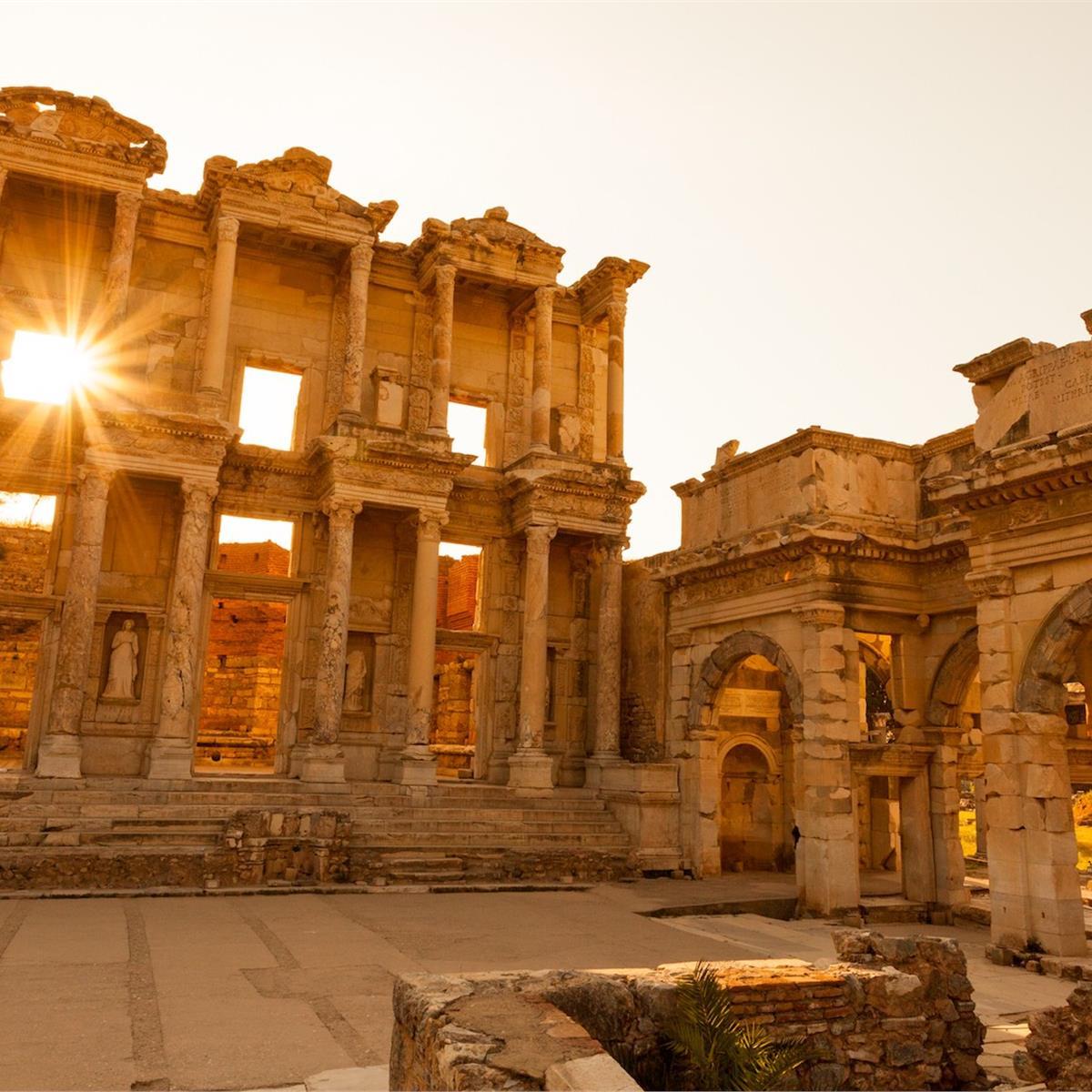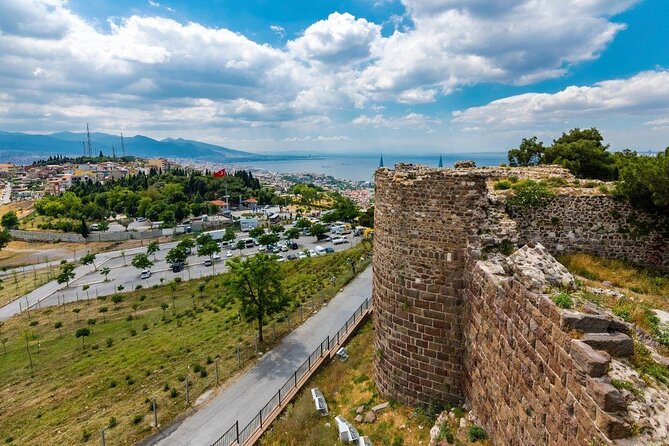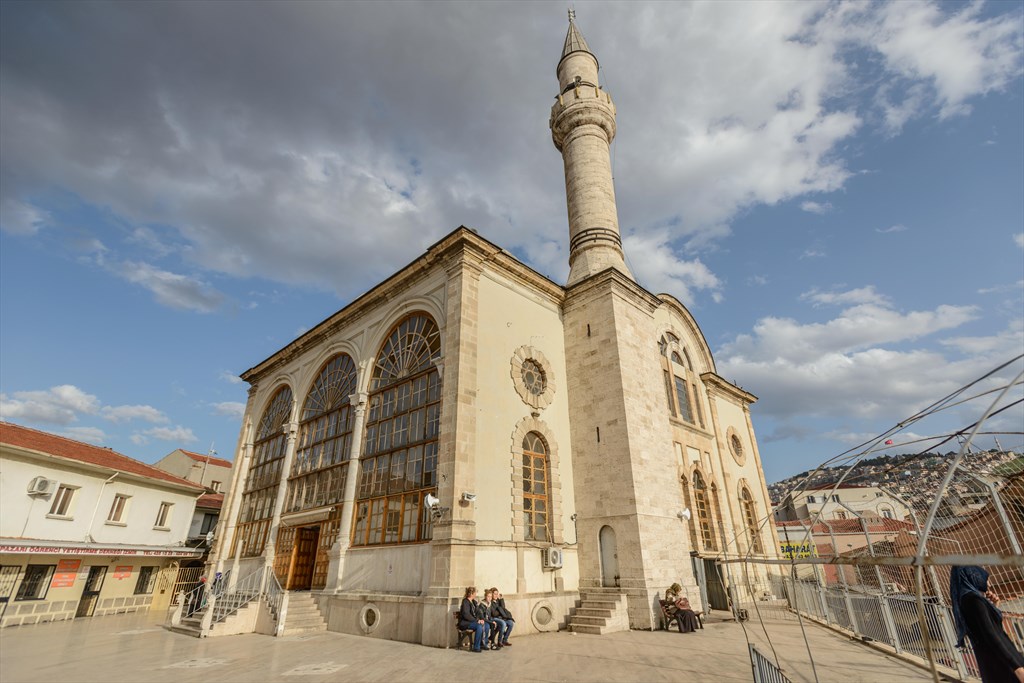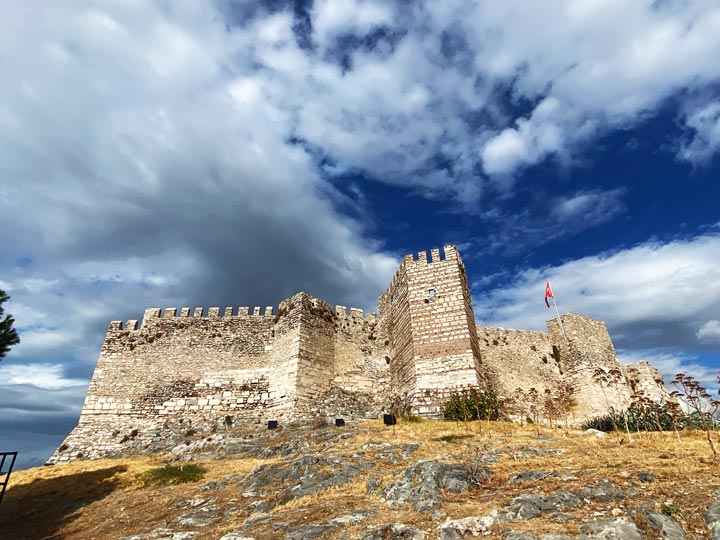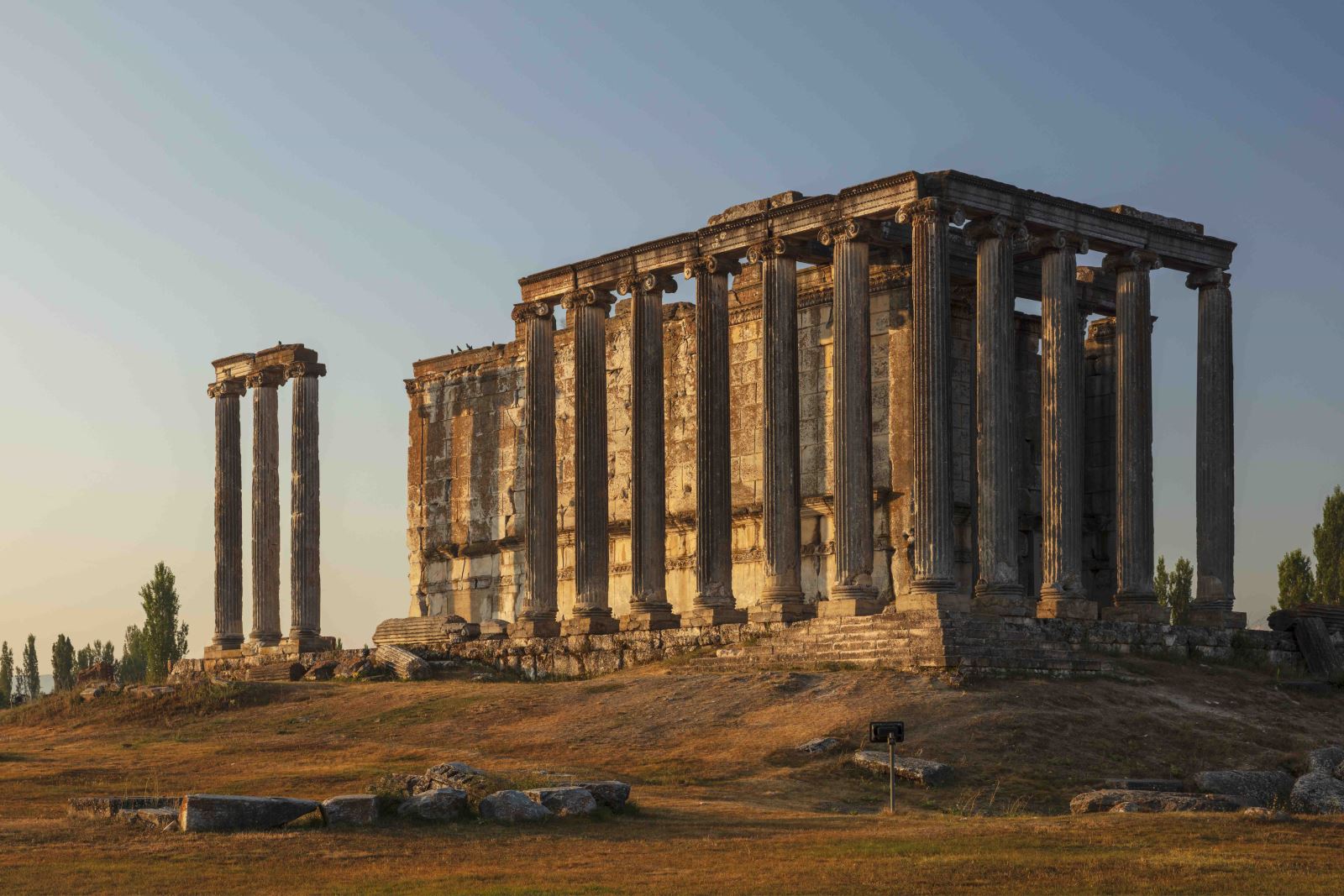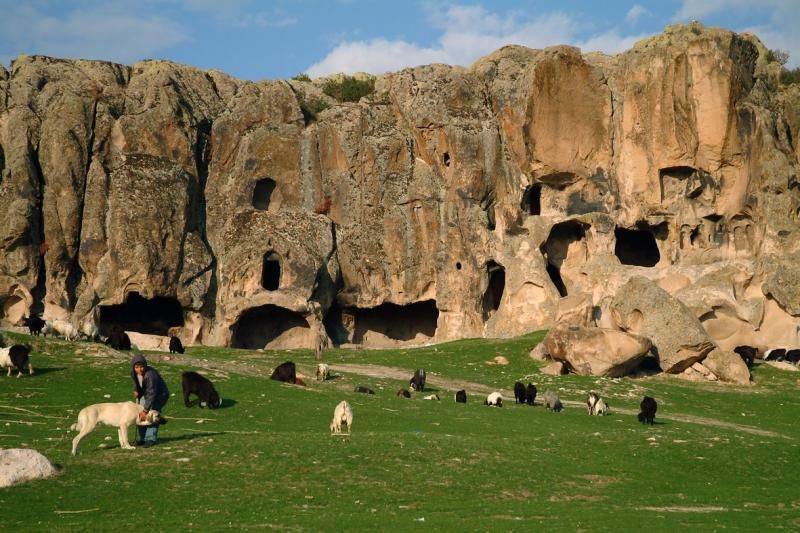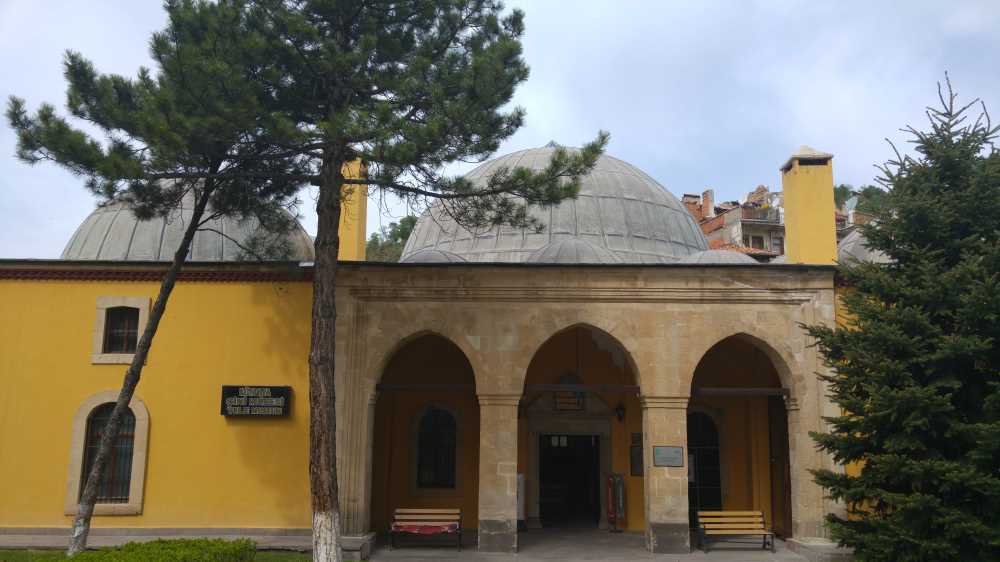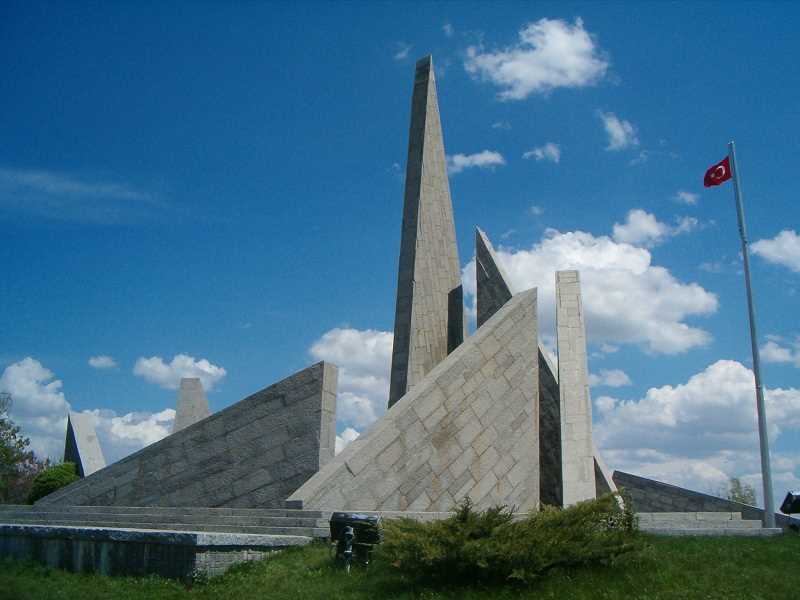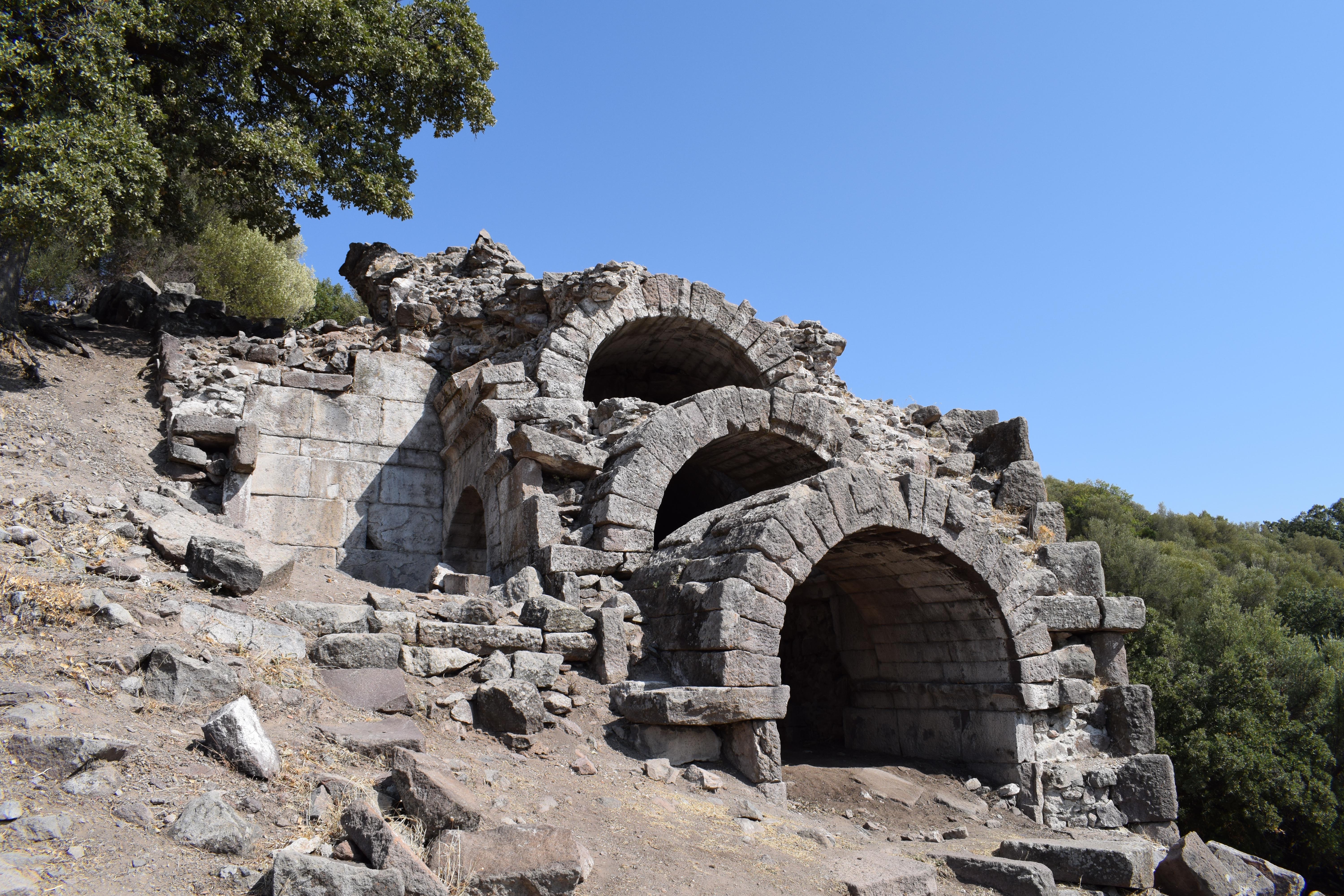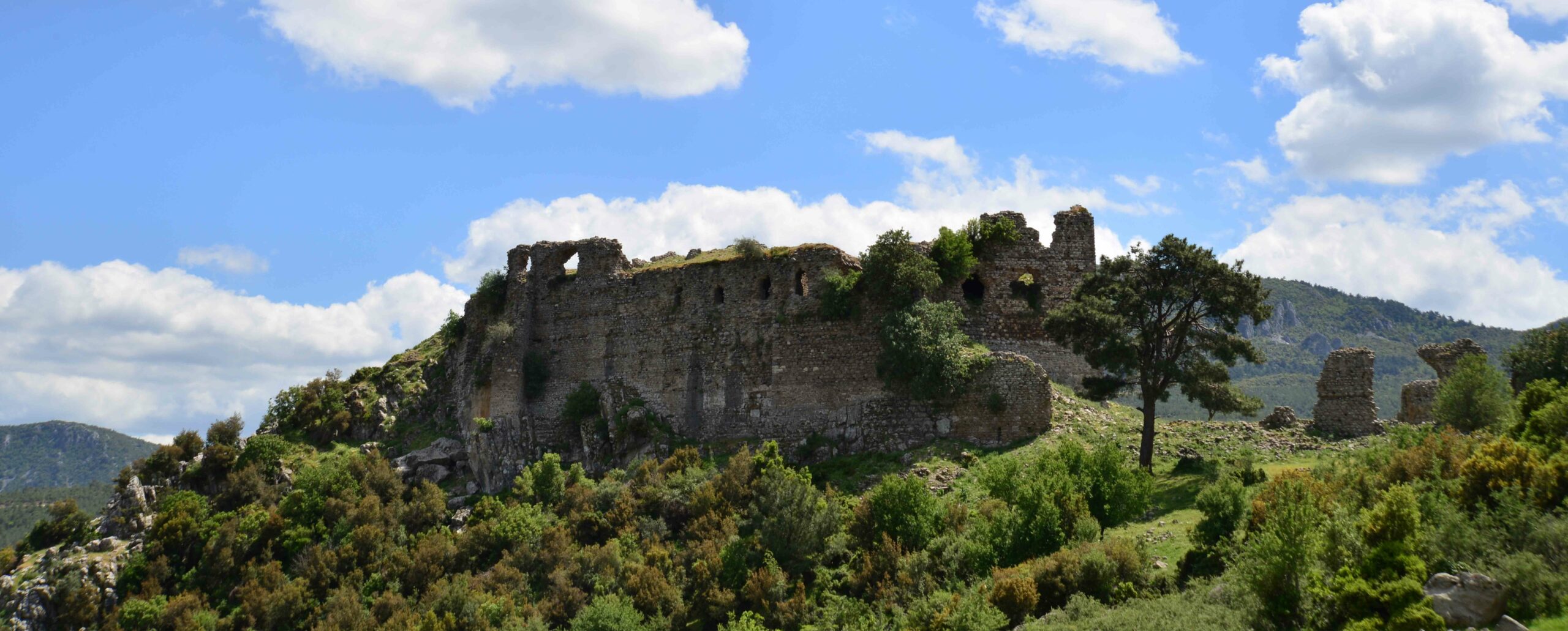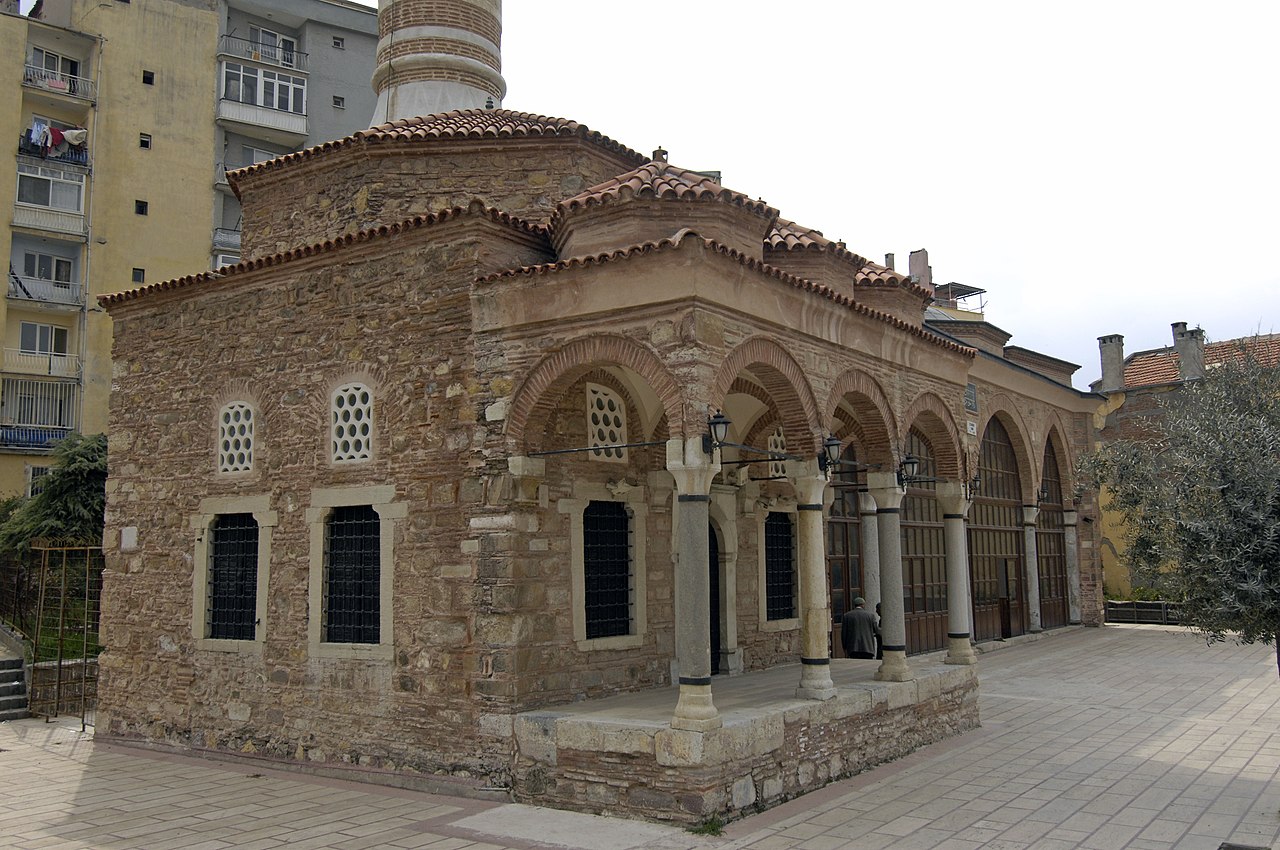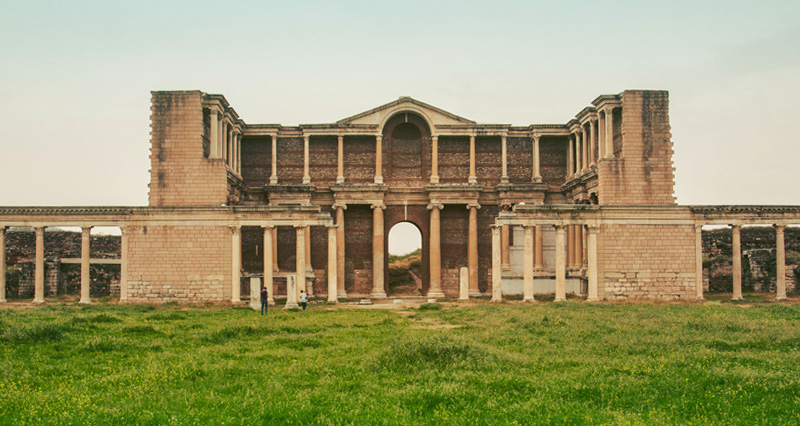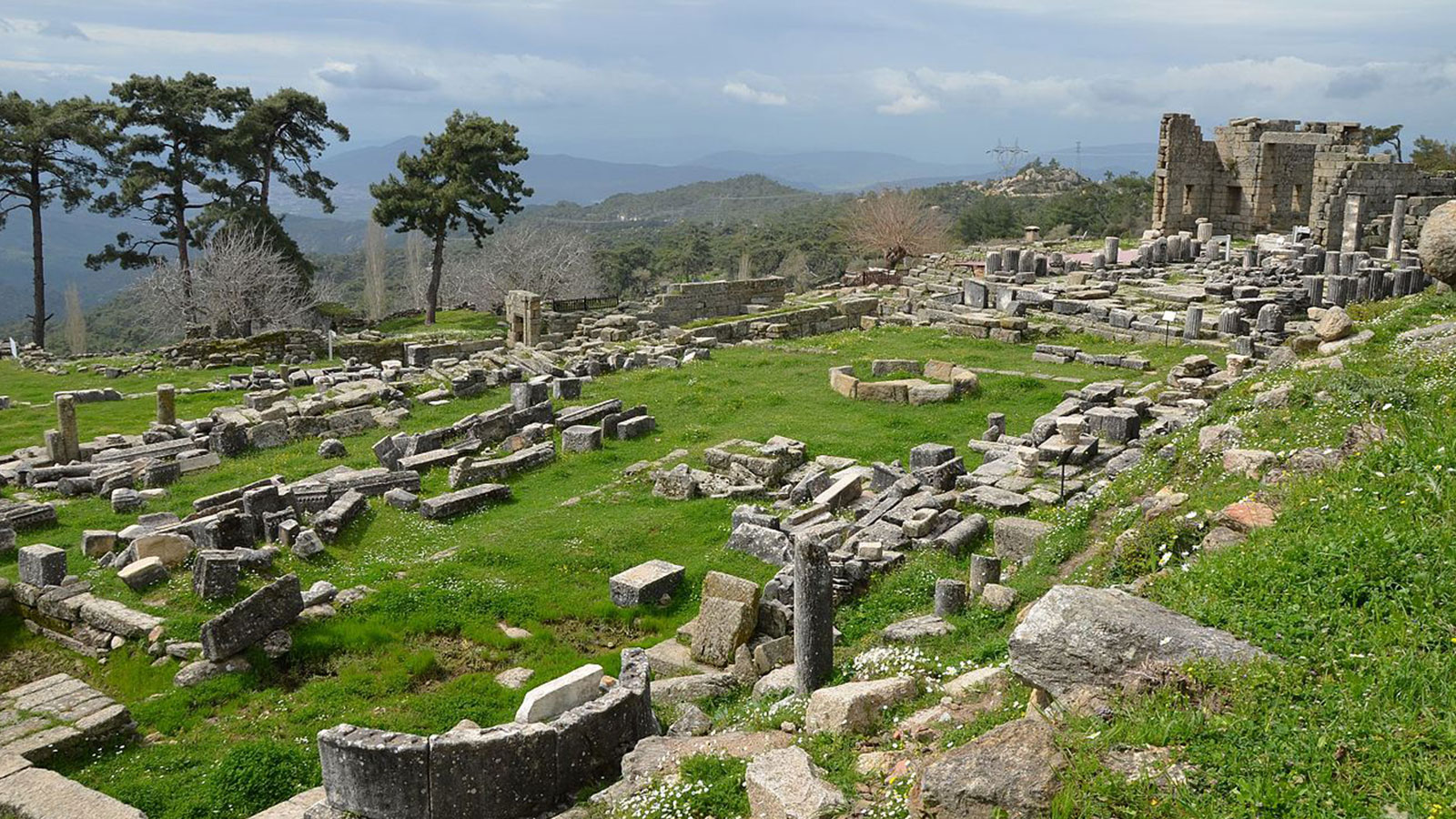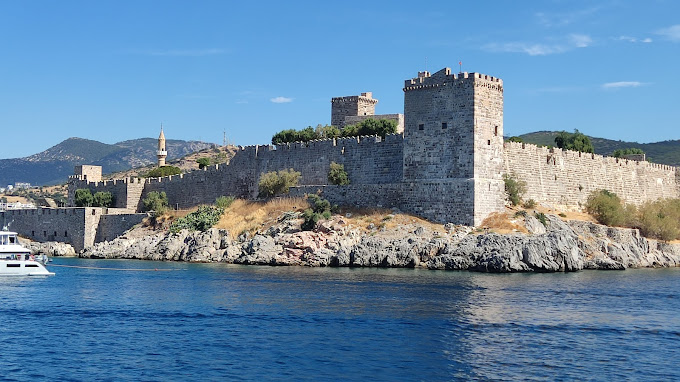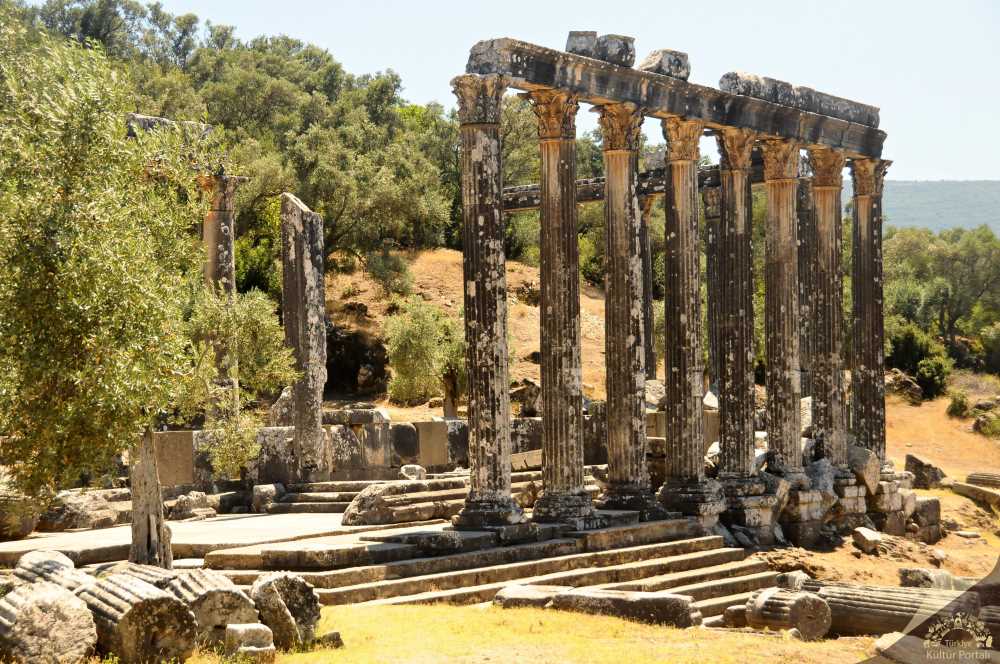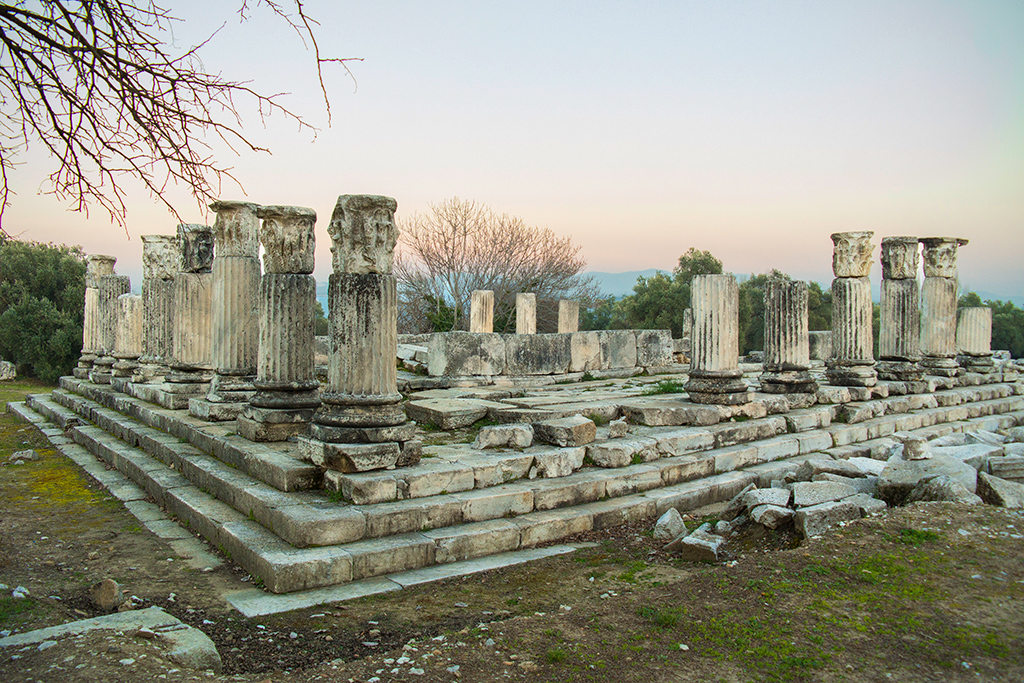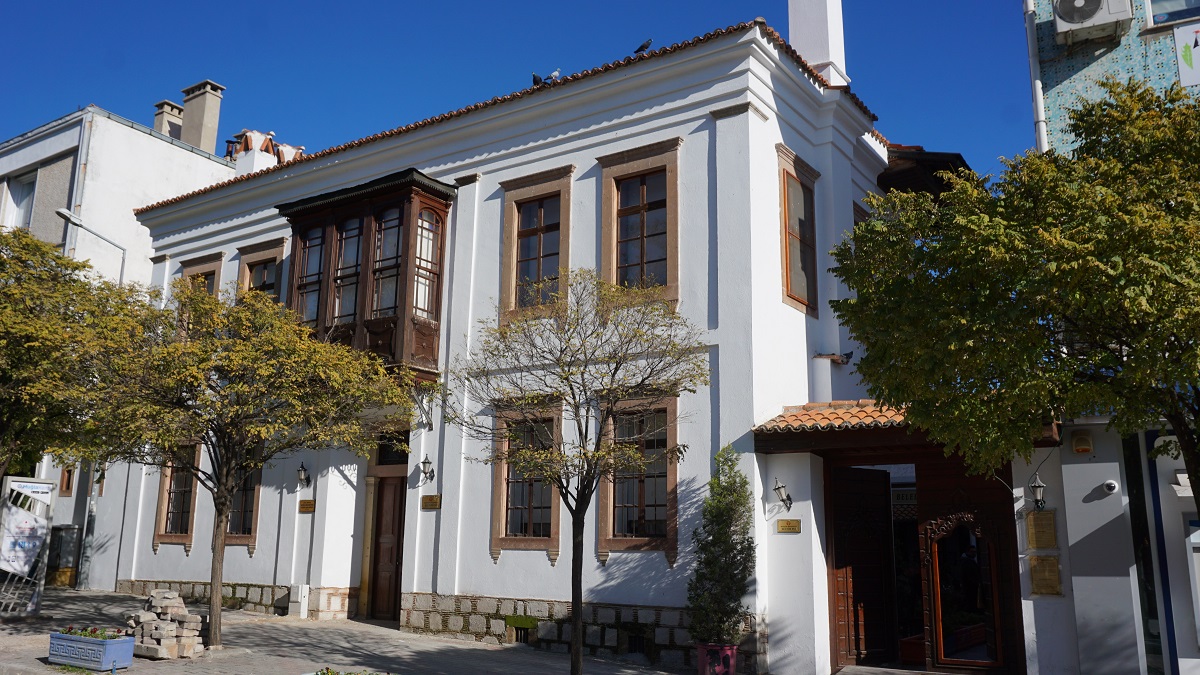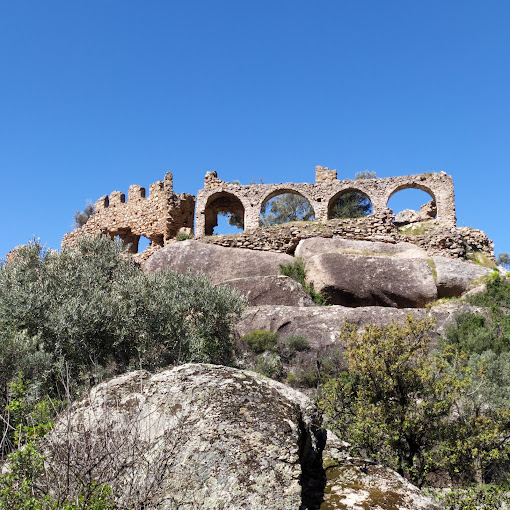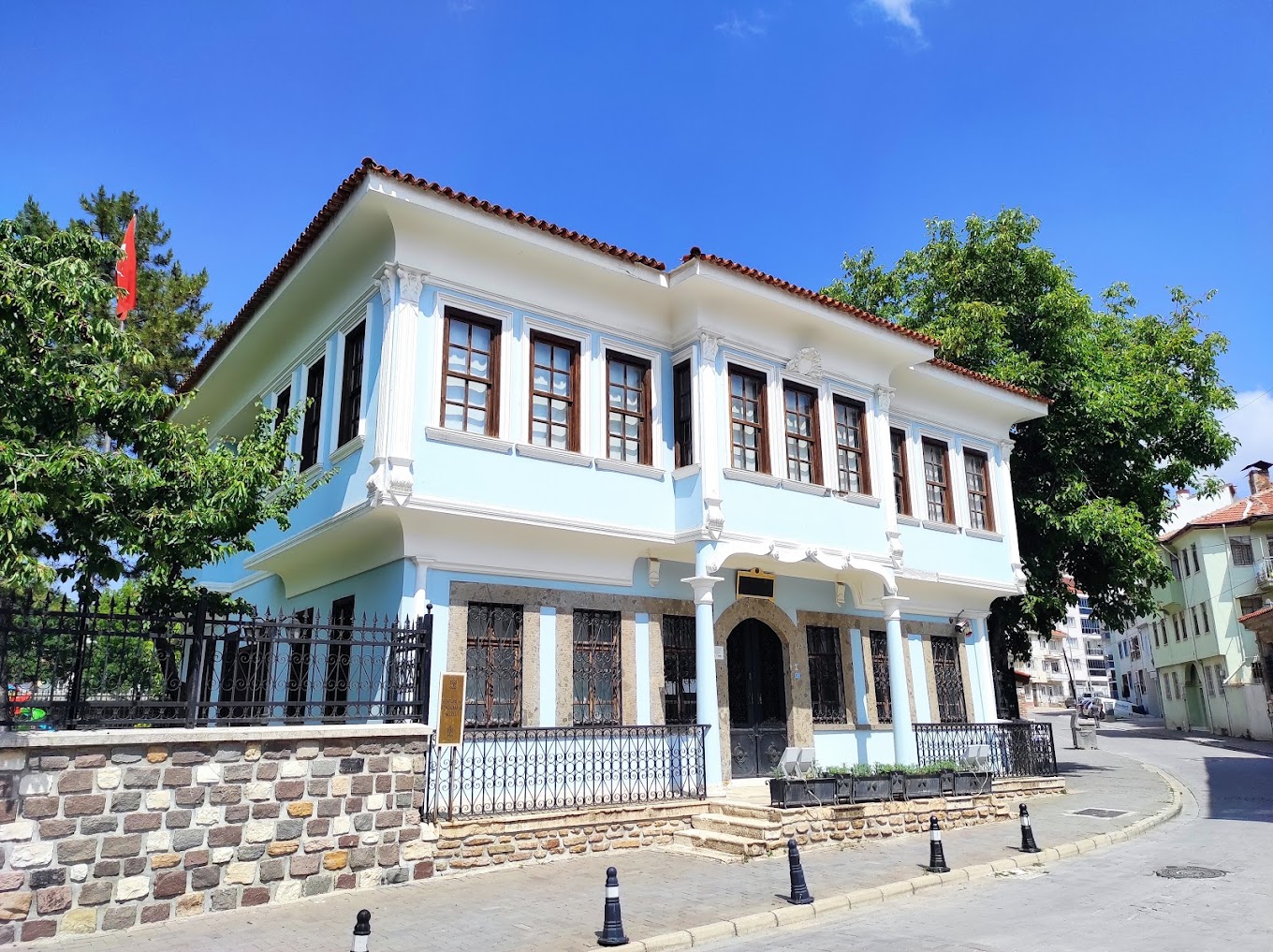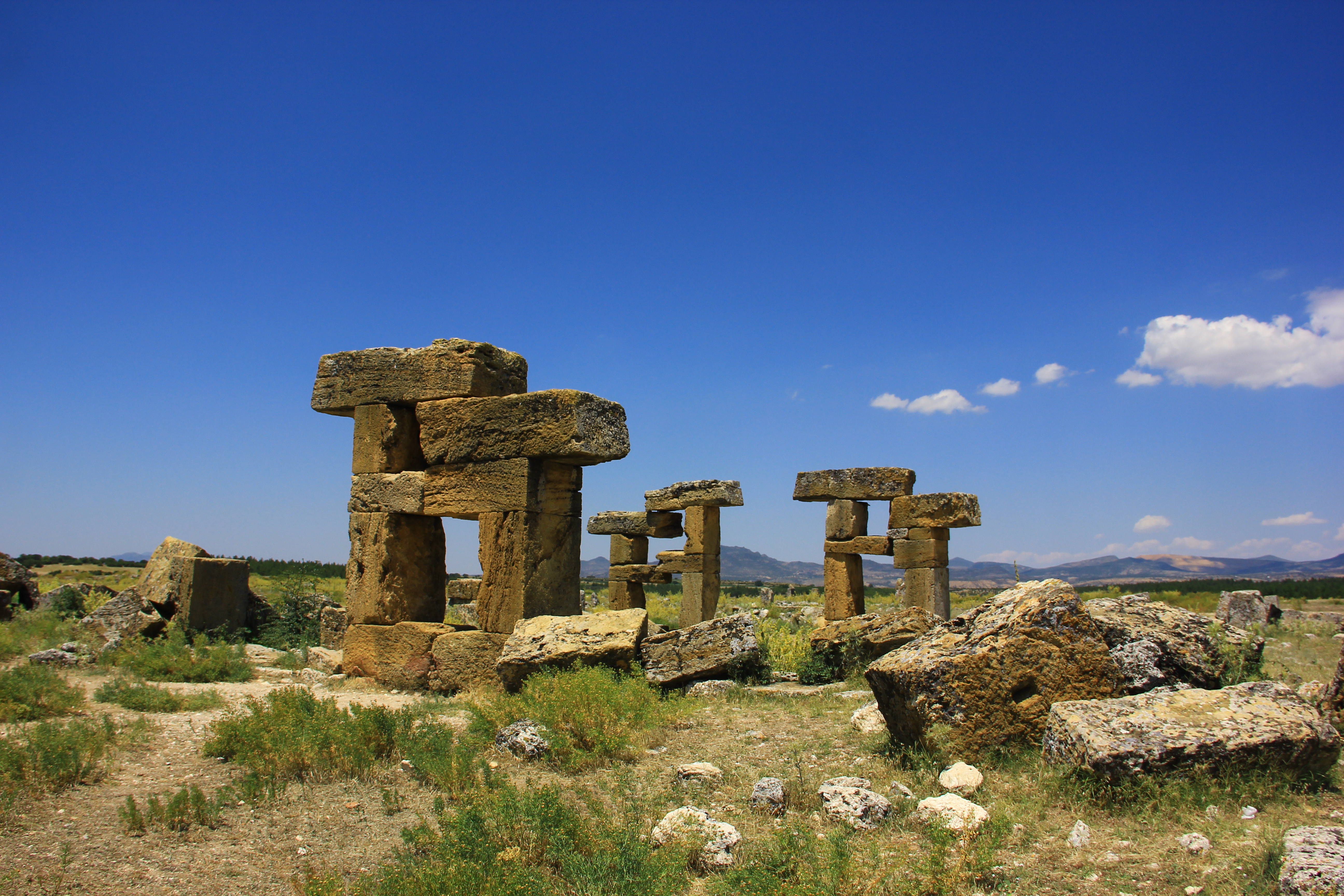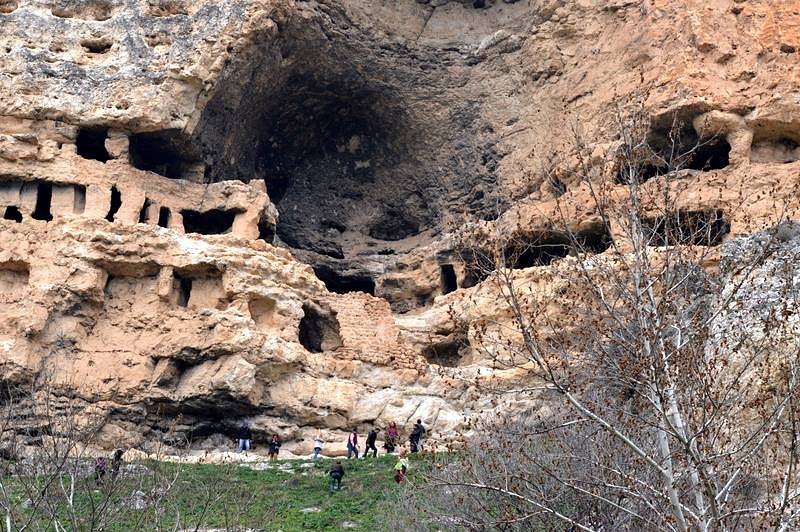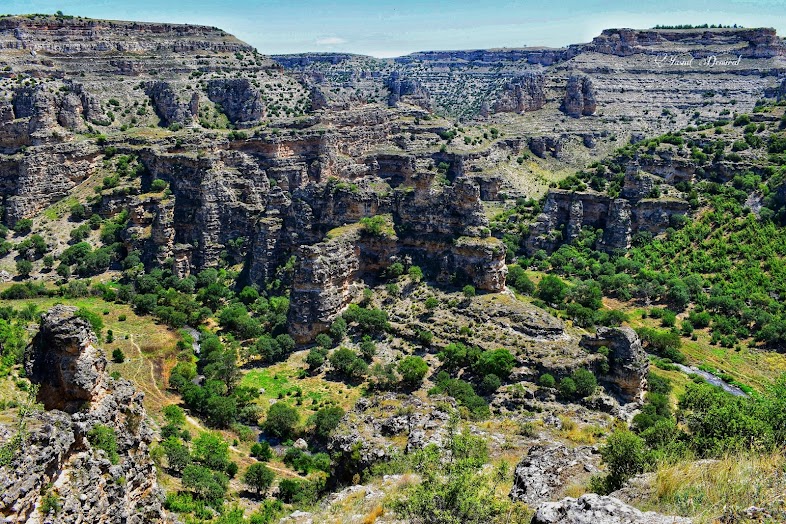Apollon Lairbenos Temple
Located on a small hill called Asartepe, the Temple of Apollon Lairenos was built on a conical hill overlooking the Menderes Valley. At first glance, this temple, which gives the impression of one of the local cult centers that we encounter in many regions in Western Anatolia, has been attracting the attention of researchers who have been working on religious history for a while. Because it is home to one of the inscription types, which is of great importance in terms of the history of religions and is not encountered in any other region of Anatolia, namely, the inscriptions called katagraphe, which means "allocating certain people or properties to God". In addition, this humble temple has the distinction of being one of the two regions where inscriptions proving the tradition of confession (Atonement) seen only in Western Anatolia and later adopted by Christians were found.
Dedicated to Apollon Lairbenos, an Anatolian God, this sanctuary is located on the south bank of the Menderes River, 35 kilometers from Hierapolis, in the region today called Çal Plain. In May 1887, researchers W.M.Ramsay, D.G. Hogarth and H.A. It was discovered by Brown. Considering the other cult areas in the region, the Apollon Lairbenos Sanctuary must have been built in the early periods, probably on the cult center dedicated to the Goddess Kybele, during the Emperor Hadrianus Period (AD 117-138) and immediately after. The temple of the god was placed at a point overlooking the Menderes Valley at the far west of the sanctuary. The temple, located in the northwest-southeast direction, is on a high podium using the bedrock, in a tetrastyle (with four columns on the front) plan type and in Corinthian order. The God to whom this Sanctuary is dedicated is often seen in the form of a cavalryman, who is depicted carrying a wheat ear, oak branch or patera (offering bowl) in one hand and a double ax (labrys) in the other hand, and sometimes in the form of a cavalryman carrying a double ax wrapped around a snake on his shoulder. Apollon Lairbenos.
The name of the god, which appears in 14 different forms in the inscriptions found in the Sanctuary and the surrounding villages, is seen as "Lairbenos" on the coins of Hierapolis. Considering the coins of Hierapolis, the official form of the god's name "Lairbenos" is perhaps the closest to the original. The fact that the name of the god is seen in so many different forms in Greek shows that this name is local and that a vowel in it is not fully met in the Greek alphabet. When we look at the religious atmosphere of Anatolia, especially the Phrygia Region, in the Roman Imperial Period, we see that the respect for the Greek gods and the official religions of Rome continued, but at the same time, many local gods and goddesses emerged, often of Greek origin. We see that the gods and goddesses described them with local adjectives or worshiped together with a place name, and thus these religions became Anatolian. Especially İS II. and III. It is noteworthy that the Greek-speaking religious people living in the rural areas of Anatolia in the centuries have moved away from their traditional Greek beliefs. Apollon is revered in Lairbenos sanctuary with his mother Leto and his twin sister Artemis, whose union is very natural and we see in every period and in every region. In particular, the belief and devotion to Leto is evidenced by the characterization of Leto as "the goddess who makes the impossible possible" independently of Lairbenos in a votive inscription found around the temple.





